Life Lessons from Chess: Strategy, Discipline, and Adapting to Change
Sep 26th, 2024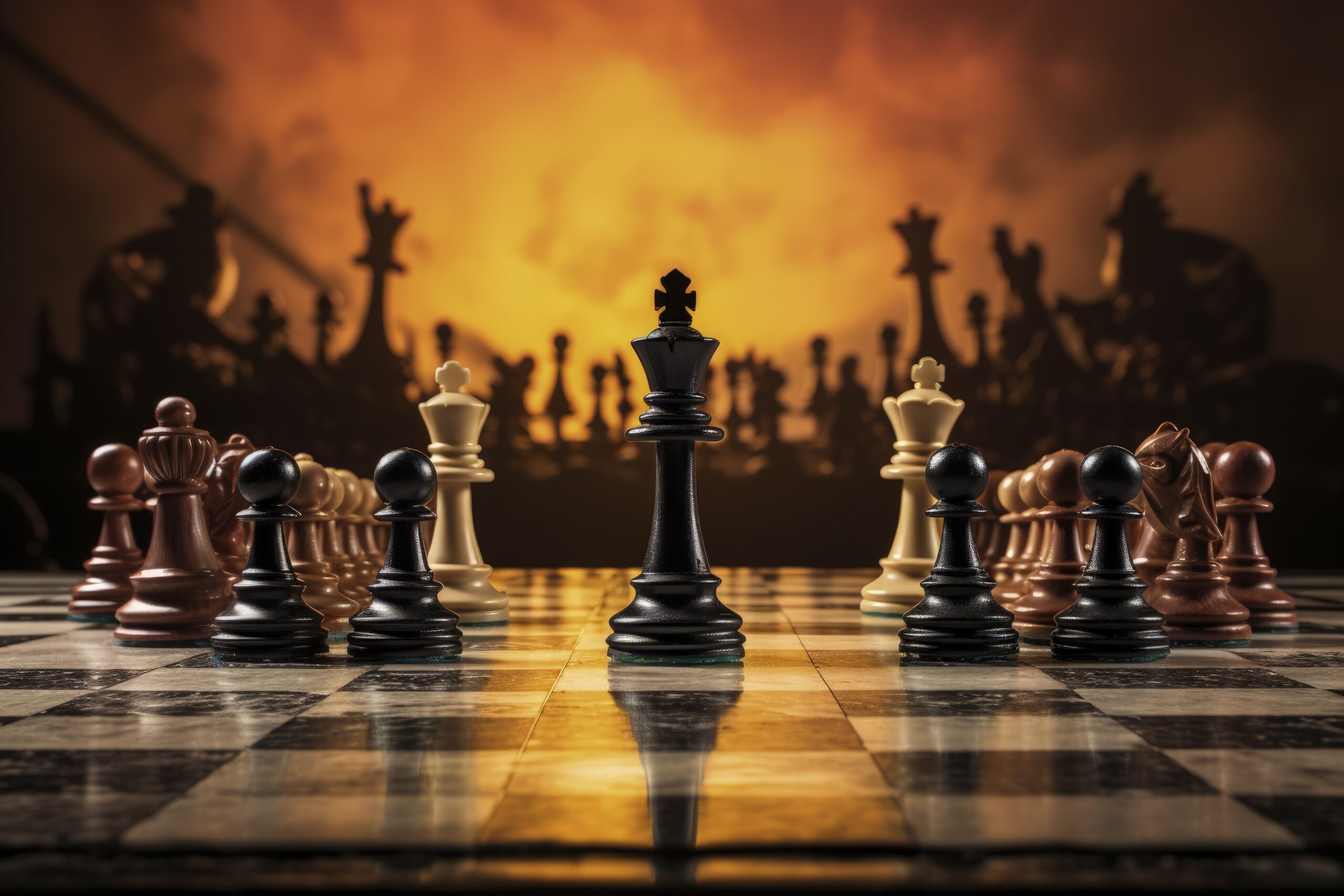
You’ve likely encountered a similar phrase before, perhaps in the context of art. Personally, I see chess as more than just a game—it’s a form of art in its own right. This led me to wonder: does chess mirror life as well? What parallels can we draw between the game and the daily battles we face? Could a chessboard’s 64 squares act as a microcosm, simulating the same struggles we encounter in real life?
Finding the answers isn’t easy, so I resorted to my go-to method for complex questions: writing about it. In doing so, I hope to share my thought process and conclusions with you.
Without creating too much suspense, I believe chess and life share many similarities. After countless revisions, I’ve managed to organize my thoughts, and I’m excited to present them to you. I hope you enjoy the journey we’re about to embark on.
This might be the most abstract blog I’ve written so far, and I’m still finding my way in this realm, so I appreciate your patience. If you’re familiar with my writing, you’ll know I like to break my ideas into clear topics before delving into each. So, let’s begin.
1. We’re in Control—In Chess and in Life

In chess, every move, every plan, and every risk we take is entirely our decision. We’re alone with our thoughts and responsible for the outcome. The same applies to life—although we have the support of family and friends, ultimately, our lives are in our hands.
Life can sometimes feel like a solo chess game on “hard mode,” where we alone shape our destiny. While loved ones can guide and support us, they cannot take control of our lives. Much like in chess, when no one else is there to help, we rely on our own intellect and resolve to move forward.
2. Decisions and Their Consequences

In both life and chess, decisions have ripple effects. A tactical move in chess mirrors the everyday choices we make—what to eat, which activities to prioritize. Medium-term choices, like planning a vacation, are akin to positioning a knight or developing rooks. But the most critical decisions are long-term strategies: what career path to follow, where to invest time and resources.
Just like in chess, we must juggle short-term tactics with long-term plans. A brilliant strategy can crumble with one careless tactical mistake, and a single poor decision in life can undo months of planning.
3. Discipline and Emotional Control
Staying calm under pressure is crucial in chess and in life. For amateurs, losing a chess game might not seem like a big deal, but for professionals, emotional stability can outweigh technical skill. Magnus Carlsen, for instance, often triumphs due to his ability to remain composed under immense pressure.
In life, emotional discipline matters just as much. Whether it’s during a critical business meeting or a challenging personal situation, keeping our cool can be the key to success. Chess, in many ways, serves as a practice ground for mastering this vital life skill.
4. Adaptability

No matter how well we plan, surprises arise in both chess and life. An unexpected move by an opponent can force us to change our strategy, just as life throws curveballs that challenge our carefully laid plans.
Ignoring reality and sticking rigidly to an outdated plan often leads to failure. The ability to adapt and reassess is essential, whether in pursuit of victory on the chessboard or in overcoming challenges in life.
5. Time Management
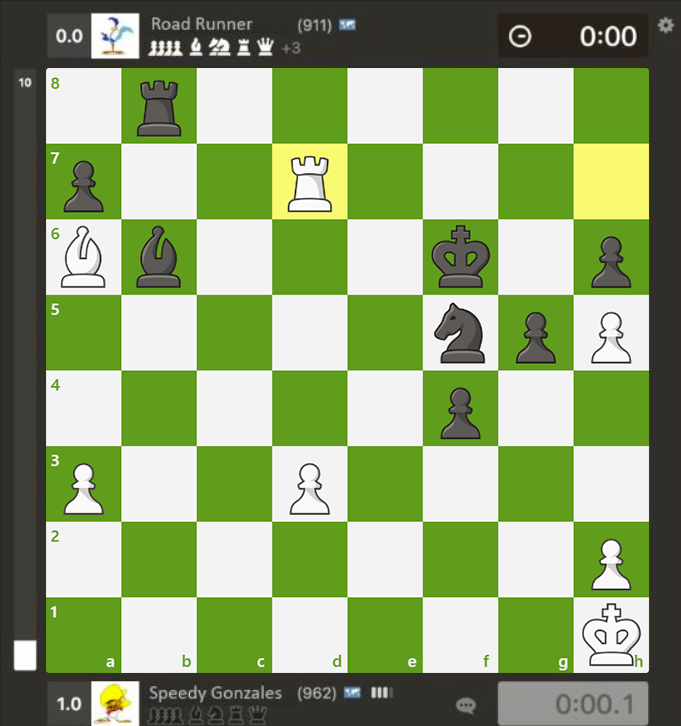
In fast-paced chess formats like blitz or bullet, time management is critical. Likewise, managing our time in life is one of the most difficult yet important skills to master. Procrastination or perfectionism can cost us opportunities, just like time mismanagement in chess can lead to poor moves made in a rush.
6. The Drive to Improve

Both in life and in chess, we strive to better ourselves. Whether it’s seeking a higher ELO rating in chess or advancing in our careers, self-improvement drives us forward. However, it’s important not to let this desire become an unhealthy obsession. Enjoyment should always be part of the process—both on the chessboard and in life.
7. Ethics and Integrity

Chess has a long tradition of respect for the rules and for one’s opponents. Similarly, living with integrity is essential in life. Winning at all costs may offer temporary success, but earning respect through honesty and ethics is far more valuable.
8. Mistakes Are Costly and Remembered
In chess, a single blunder can overshadow an otherwise brilliant game. The same is true in life—our mistakes are often remembered longer than our successes. But instead of dwelling on these setbacks, we should view them as learning opportunities.
9. The Journey Is More Important Than the Destination

Many chess players believe that the true joy comes from winning. However, I think the process—learning, growing, and playing—is far more meaningful than the result. The same applies to life: enjoying the journey is what brings true fulfillment, not just achieving goals.
10. There’s Always a Chance to Start Over
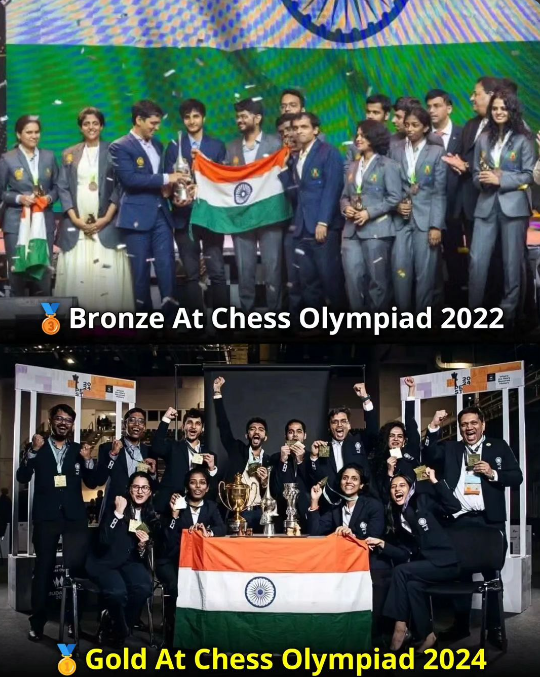
In chess, every loss is a learning opportunity, and every new game offers a fresh start. Life is no different. Setbacks are not the end, but rather stepping stones to growth. With every failure, we can learn, adapt, and try again.
Conclusion
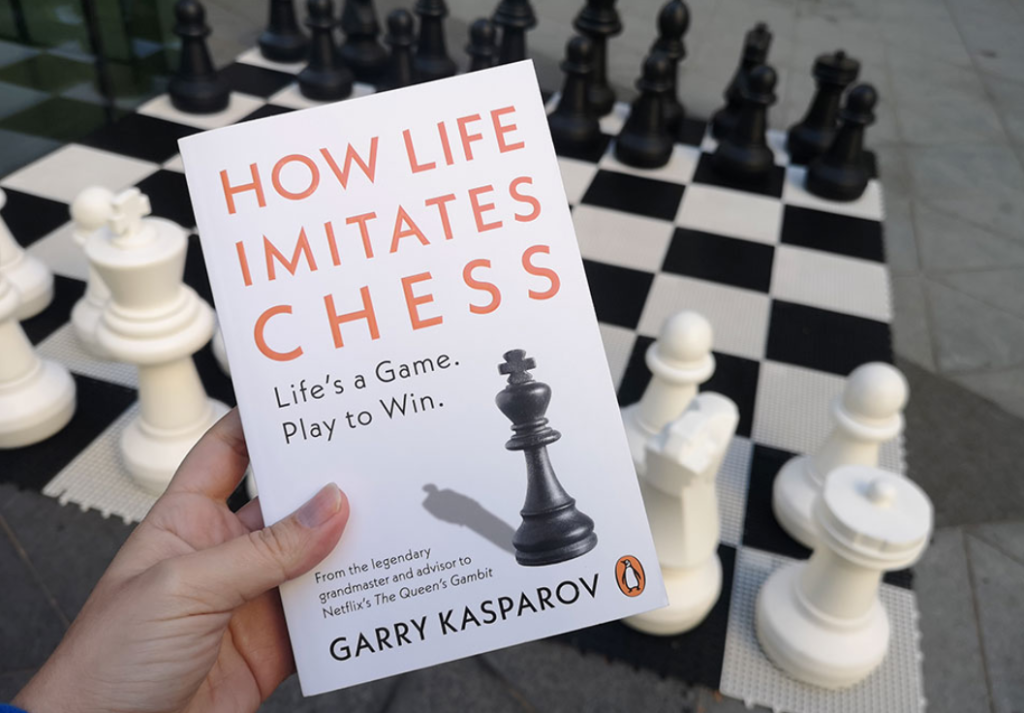
Chess and life are intricately connected. Writing this blog has deepened my understanding of this beautiful game and its similarities to the challenges we face every day. I hope this reflection has given you a new perspective on both chess and life.
Do you agree? Are there any other parallels between chess and life that I’ve missed? I’d love to hear your thoughts! Thank you for reading, and I hope this has inspired you to approach both chess and life with a fresh mindset.
Nihal Sarin’s Silver Run Powered by GM Vishnu Prasanna!
May 20th, 2025
GM Nihal Sarin clinches Silver at the Asian Championship after teaming up with GM Vishnu Prasanna, Co-Founder of Madras School of Chess!
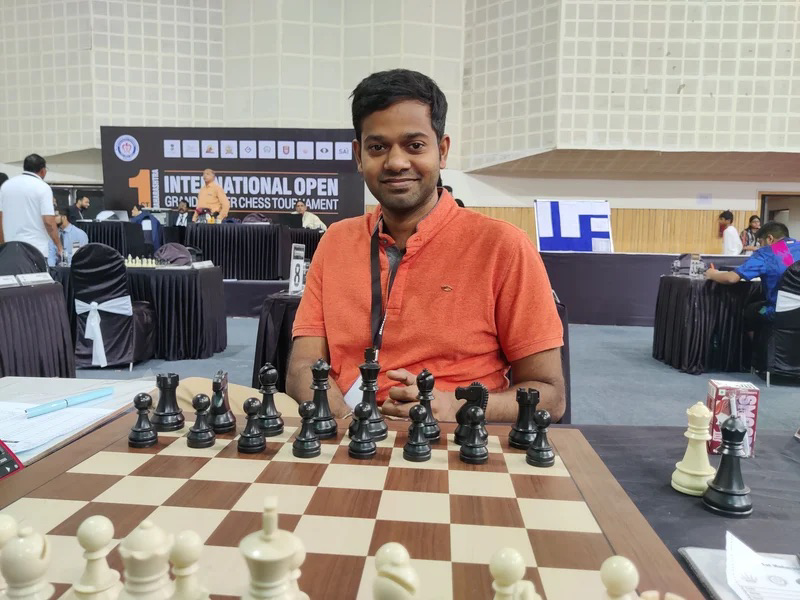
In a promising new chapter for Indian chess, Grandmaster Nihal Sarin has secured the silver medal at the prestigious Asian Individual Men’s Chess Championship, marking a strong beginning to his collaboration with GM Vishnu Prasanna, the visionary Co-Founder of Madras School Of Chess.
This isn’t just a story of a medal—it’s the rise of a dynamic new chess duo. Known for his calm demeanor and razor-sharp focus, Nihal Sarin has been a rising star in the global chess arena. His latest achievement, however, is not just a personal triumph but a testament to the strength of strategy, preparation, and mentorship.

GM Vishnu Prasanna, the architect behind some of India’s greatest modern chess successes, brings to this partnership years of experience, discipline, and deep theoretical knowledge. From guiding Gukesh D into world-class form to now mentoring Nihal, Vishnu’s coaching career is a masterclass in chess evolution.
A Mentor Who Creates Masters:
What makes this collaboration exciting is not just the results, but the process behind them. Every move on the board is a reflection of countless hours of analysis, psychological preparation, and tailored training methods. Under Vishnu’s guidance, Nihal seems to be sharpening not just his tactics, but his overall approach to high-stakes tournament play.

The Asian Championship served as a testing ground—and the silver medal is a clear signal. This duo is here to challenge, compete, and claim.
Guiding the Game, Shaping Champions – The Vision of GM Vishnu Prasanna, Co-Founder of Madras School of Chess

At the heart of Madras School of Chess stands GM Vishnu Prasanna, a visionary co-founder and a guiding force behind many rising stars. His strategic brilliance and calm mentorship have carved out unique paths for young talents to thrive. As the former coach of the reigning World Chess Champion Gukesh, his legacy continues to inspire every student who enters our academy. GM Vishnu doesn’t just teach chess—he cultivates thinking minds and future champions. With every move, Madras School of Chess shines brighter, driven by his unwavering commitment to excellence.
Eyes on the Future:
As the chess world watches, this silver moment could very well be the beginning of a golden era for Nihal Sarin. The partnership with Vishnu Prasanna is fresh, but the foundation is already strong. With upcoming international events and rising stakes, we expect nothing short of brilliance.

In the grand game of chess, strategy wins the day—but synergy wins championships. And this team is already proving they have both.
♟️ Ready to Make Your Move?
Whether your child is just starting or you’re aiming for championship titles, Madras School of Chess is where real transformation begins. Guided by expert coaches and proven training methods, we shape beginners into thinkers—and thinkers into champions.
🏆 Chennai’s Premier Chess Academy
📍 Branches: Anna Nagar | T. Nagar | Mandaveli
📞 Call/WhatsApp: 98404 03376
Join the legacy. Build your strategy. Checkmate your limits.
Enroll Today!
From Ancient Battlefields to Modern Mastery: The Evolution of Chess
Apr 29th, 2025
Chess didn’t just magically become the global phenomenon we know today. Its roots are ancient, weaving back through centuries of history, invention, and imagination.
Originating from India as Chaturanga around 600 AD, chess predates much of recorded history—and many of the world’s greatest inventions. Yet, the game in its early days looked very different from the chessboard we recognize now.
Today, we embark on a journey through time to explore how chess evolved, morphed, and captured the hearts of millions, from dusty palaces to digital screens.
We’ll begin with Chaturanga and conclude at the historic moment when Wilhelm Steinitz earned the crown of the very first World Chess Champion.
Let’s dive in!

The Birth of a Legend: Chaturanga and Its Beginnings

Around 1,500 years ago, somewhere in India, an ingenious game called Chaturanga took form. Though the precise year remains debated, most historians agree it flourished by 700 AD.
This early version of chess bore some noticeable differences compared to today’s game:
- Raja (King) – One square in any direction
- Matri (Counselor/Queen) – Only one square diagonally
- Ratha (Chariot/Rook) – Like today’s rook
- Gaja (Elephant/Bishop) – Two squares diagonally, jumping over pieces
- Ashva (Horse/Knight) – Moves as today’s knight
- Padàti (Pawn) – Moves like a pawn but with notable differences

Victory wasn’t achieved through checkmate but by capturing the king. Draws were nonexistent—stalemate meant defeat!
As Chaturanga spread westward to Persia by 500 AD, it evolved yet again.
A Royal Gift: Shatranj in Persia

When an Indian king presented Chaturanga as a luxurious gift (crafted with rubies and emeralds) to the Persian empire, he unknowingly launched the next chapter of chess.
The Persians transformed the game into Shatranj, keeping most of the structure but adding one crucial rule: checkmate. Players now had to declare Shāh (check) and Shāh Māt (the king is helpless).
The pieces were renamed, too:
- Shāh (King) – Same movements
- Firzan (Queen) – One square diagonally
- Rukh (Rook) – Same as modern rook
- Fīl (Bishop) – Two-square diagonal jump
- Faras (Knight) – Same as knight today
- Baidaq (Pawn) – Standard pawn movement

During the Islamic Golden Age, Shatranj flourished, leading to chess books by Al-Adli and Al-Suli. It even birthed variants like Four-Player Shatranj and Circular Chess.
But the story doesn’t end there.
The Chess Family Grows: Spreading Beyond Borders

While Persia honed Shatranj, other regions created their own chess-like games:
- China adapted Chaturanga into Xiangqi—with rivers, palaces, and cannons that leap over pieces.
- Japan crafted Shogi, introducing the revolutionary idea of reusing captured pieces!
- Mongolia birthed Shatar, a rugged version reflecting Mongol life, where the rook became a Tereg (ox cart).
Each region took the spirit of Chaturanga and breathed unique life into it.
Europe Enters the Game: Medieval Innovations

Chess arrived in Europe via multiple routes: Moorish Spain, Crusader knights, and Byzantine traders.
Here, the board—and the game itself—transformed dramatically.
- Elephants became bishops.
- Chariots turned into towers (rooks).
- Foot soldiers were now pawns, representing the common folk.
By 1200, chess was the pastime of nobles. But games dragged on for days! To speed things up:
- Pawns could move two squares on their first move (leading to the en passant rule).
- Castling was invented to tuck kings safely into corners.
- The queen, once the weakest piece, became the most powerful force on the board.
Europe didn’t just change the rules—they made chess visually appealing too. Pieces morphed from abstract tokens into sculpted miniatures of medieval life.
Chess Faces Resistance and Rises Stronger

Chess wasn’t universally loved. Some religious leaders branded it sinful, linking it to gambling. King Louis IX even banned it in 1254 (unsuccessfully, of course).
Still, chess kept marching forward, with names like Ruy López de Segura and Gioacchino Greco pushing chess theory into new heights.
Books were printed, strategies codified—and chess started to feel a lot like the modern mental battlefield we know today.
The Road to the World Champion: A New Era Dawns

𝐁𝐲 𝐭𝐡𝐞 𝟏𝟖𝟎𝟎𝐬, 𝐭𝐡𝐞 𝐜𝐡𝐞𝐬𝐬 𝐰𝐨𝐫𝐥𝐝 𝐰𝐚𝐬 𝐛𝐮𝐳𝐳𝐢𝐧𝐠.
The first chess clubs, like Paris’s Café de la Régence and London’s Simpson’s Divan, became battle arenas for sharp minds.
Sandglasses and eventually mechanical clocks were introduced to stop players from spending hours pondering a single move.

As competition heated up, one man stood above the rest: Wilhelm Steinitz.
Unlike his predecessors, who preferred all-out attacks, Steinitz pioneered the art of positional play—slowly building tiny advantages until his opponents collapsed.
The rivalry between Steinitz and Johannes Zukertort set the stage for history’s biggest chess showdown.
A Crown is Forged: The First World Chess Championship

In 1886, chess history was made.
The United States hosted the first-ever World Chess Championship between Steinitz and Zukertort.
The match was grueling—twenty games long—and Steinitz crushed his rival 10–5 (excluding draws).
He was crowned the first official World Chess Champion, opening a legacy that continues today.
Conclusion: The Endless Journey of Chess
From dusty Indian courts to bustling European cafés, from fierce Mongol warriors to Parisian philosophers—chess has evolved, adapted, and thrived.
Each era layered a new strategy, rule, or dream upon a simple battlefield of 64 squares.
And as we continue to play, study, and fall in love with the game, we also become part of this timeless story.
𝐋𝐨𝐧𝐠 𝐥𝐢𝐯𝐞 𝐜𝐡𝐞𝐬𝐬!
♟️ Begin Your Chess Journey with the Best!
📍 Locations: T. Nagar | Anna Nagar | Mandaveli | Online
📞 Call: +91 98404 03376
🌐 Visit: www.madrasschoolofchess.com
Follow us for updates and inspiration: @madrasschoolofchess
👉 Master the game. Shape your future. Start today!
Train with India’s Chess Titans: Secrets of Grandmasters Revealed At This Chess Camp!
Apr 03rd, 2025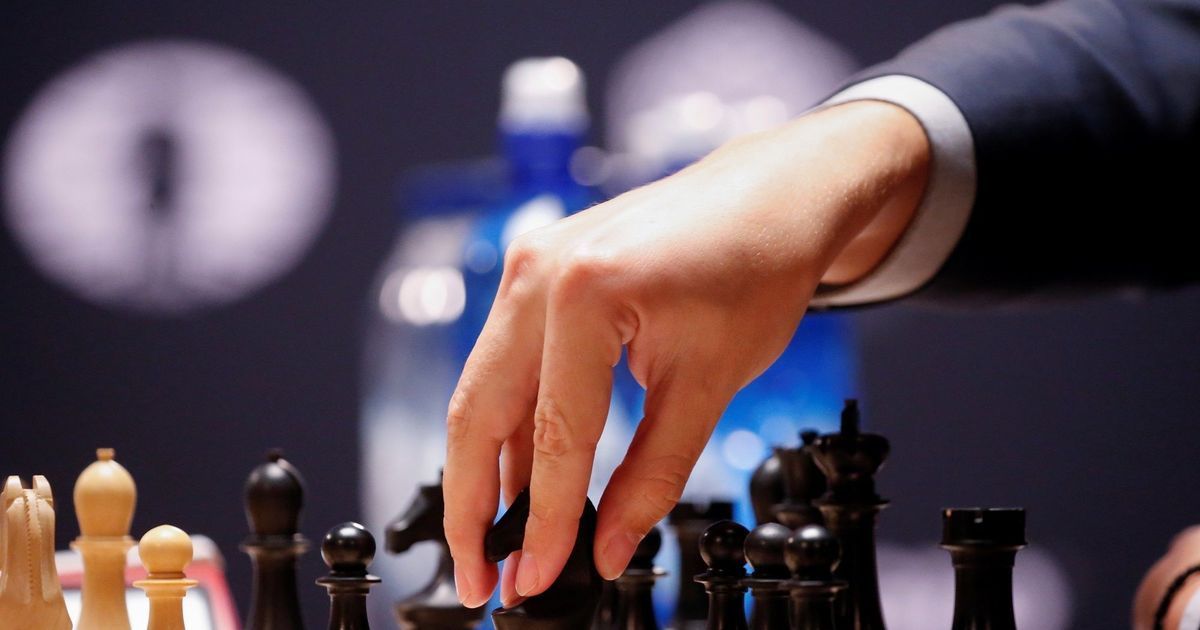
Are you a 1400-1800 rated chess player looking to refine your strategies, outplay your opponents, and take your game to the next level? The Madras School of Chess (MSC) presents an exclusive April Rated Chess Camp designed to help you sharpen your skills with elite Grandmasters and International Masters!
This intensive 3-day chess camp will provide expert training, hands-on activities, and deep strategic insights from some of India’s finest chess minds. Whether you’re an aspiring champion or a passionate player, this is the perfect opportunity to unlock your full potential.
📌 Camp Details:
📅 Dates: April 18, 19, 20, 2024
🕙 Time: 10:00 AM – 5:00 PM
📍 Location: Anna Nagar Premises, Chennai
💰 Fees: ₹4999 (including GST)
👨🏫 Training Structure:
✔️ Lecture Hours: 15 Hours of Grandmaster-led classes
✔️ Activity Hours: 3 Hours of interactive chess challenges
🎓 Meet Your Expert Coaches:
♟ GM Vishnu Prasanna

✅ 33rd Indian Grandmaster
✅ Former Coach of World Chess Champion GM Gukesh
✅ Renowned for his deep understanding of chess strategies
♟ GM Akash Ganesan

✅ 66th Indian Grandmaster
✅ Youngest National Senior Chess Champion
✅ Expert in opening theory & positional play
♟ IM Navin Kanna

✅ U-25 National Champion (2014)
✅ U-13 National Champion (2002)
✅ Tamil Nadu State Chess Champion (2012)
These world-class coaches will guide you through advanced strategies, tactics, and endgames, ensuring that you gain practical skills to apply in your next tournament.
📝 What You Will Learn:
🔹 Advanced Opening Preparation – Learn powerful opening setups tailored to your playing style.
🔹 Middlegame Mastery – Improve positional play, calculation techniques, and attack-building.
🔹 Endgame Expertise – Master key theoretical endgames and practical winning strategies.
🔹 Tactical Vision & Calculation – Identify threats, spot combinations, and execute powerful moves.
🔹 Practical Tournament Tips – Insights on psychological preparation and decision-making.
This camp is not just about learning; it’s about applying knowledge through practical exercises, game analysis, and exclusive training techniques.
🚀 Why You Should Join This Camp:

✔️ Elite Training – Learn from top GMs & IMs with proven coaching success.
✔️ Structured Curriculum – A well-planned syllabus focusing on practical improvement.
✔️ Hands-on Activities – Interactive chess exercises, puzzles, and practice games.
✔️ Exclusive Small Group Training – Get personal attention and feedback.
✔️ Unmatched Learning Experience – Gain insights, strategies, and preparation techniques used by champions.
🎯 Only Limited Seats Available! Secure your spot today before it’s too late!
📢 How to Register?
📞 Call/WhatsApp: +91 9840403376
🌐 Register Online: www.madrasschoolofchess.com
📍 Location: Anna Nagar Premises, Chennai
🔥 Don’t miss this golden opportunity to level up your chess skills and compete with confidence!
🔔 Register NOW and start your journey to chess mastery! 🏆♟
𝐑𝐞𝐚𝐝𝐲 𝐭𝐨 𝐄𝐥𝐞𝐯𝐚𝐭𝐞 𝐘𝐨𝐮𝐫 𝐂𝐡𝐞𝐬𝐬 𝐒𝐤𝐢𝐥𝐥𝐬?
Join the Madras School of Chess, where champions are made! Whether you’re a beginner or an advanced player, our expert coaching will help you master the game.
📍 Locations: T.Nagar, Anna Nagar, Mandaveli & Online
📞 Call: +91 98404 03376
🌐 Visit: www.madrasschoolofchess.com
Checkmate Your Boredom: Dive Into the Exciting World of Chess!
Mar 29th, 2025
Welcome, chess lovers and curious minds! Whether you’re making your first move or already a tactical genius, chess is an exhilarating game filled with endless possibilities. It’s not just about capturing pieces—it’s a journey of strategy, creativity, and pure enjoyment! Let’s explore why chess is both fun and incredibly beneficial for your mind and soul.
The Fun Side of Chess

Chess is like a thrilling adventure where every move writes a new story. From heart-racing attacks to clever escapes, every game is a unique experience. Here’s why chess is more than just a game:
- Exciting Openings: Just like a gripping novel, a chess game begins with intrigue. Whether you enjoy the flamboyant King’s Gambit or the solid Caro-Kann Defense, experimenting with different openings adds a touch of excitement to your game.
- Unique Chess Variants: Feeling adventurous? Shake things up with fun versions of chess! Try Chess960 for a shuffled starting position, Crazyhouse for chaotic piece-swapping, or Bughouse for a fast-paced team battle. These fresh twists make chess even more electrifying.
- Brain-Teasing Puzzles: Love challenges? Chess puzzles put your problem-solving skills to the test. Solving tactical puzzles boosts your ability to think ahead and outsmart opponents. Ready to crack a tough one today?
The Mind-Boosting Benefits of Chess

Chess isn’t just a game—it’s a mental workout! Here’s how it supercharges your brain:
- Sharpen Your Thinking Skills: Chess is like lifting weights for your brain. It enhances memory, concentration, and problem-solving abilities, making you sharper in everyday life.
- Stay Cool Under Pressure: Chess teaches patience and emotional control. Whether you’re facing a tough decision on the board or in life, chess helps you remain calm and make thoughtful choices.
- Connect With People Worldwide: Chess is a universal language that brings people together. Whether you’re playing at home, in a local club, or online with players from across the globe, chess fosters friendships and camaraderie.
- Boost Your Strategic Mindset: Every chess move requires careful planning. This skill translates into real-life situations, helping you think ahead, strategize, and make better decisions in work and daily activities.
- A Stress Reliever & Brain Booster: Need a mental escape? Chess offers therapeutic benefits for all ages. It helps kids develop critical thinking and keeps older adults mentally agile. Plus, it’s a great way to unwind and relax!
Fun Ways to Elevate Your Chess Journey

- Try Blindfold Chess: Challenge yourself by playing without looking at the board! It enhances memory, focus, and visualization skills—plus, it’s a cool party trick.
- Join Online Tournaments: Test your skills against players worldwide! Online chess tournaments offer an exciting way to improve and compete at your level.
- Discover New Strategies: Experiment with different tactics and see how they impact your game. Chess is all about learning and evolving!
What’s your favorite thing about chess? Have you discovered a new strategy that changed the way you play? Share your thoughts and let’s celebrate the joy of chess together!
𝐇𝐚𝐩𝐩𝐲 𝐩𝐥𝐚𝐲𝐢𝐧𝐠 𝐚𝐧𝐝 𝐦𝐚𝐲 𝐲𝐨𝐮𝐫 𝐧𝐞𝐱𝐭 𝐦𝐨𝐯𝐞 𝐛𝐞 𝐲𝐨𝐮𝐫 𝐛𝐞𝐬𝐭 𝐨𝐧𝐞 𝐲𝐞𝐭!
𝐑𝐞𝐚𝐝𝐲 𝐭𝐨 𝐄𝐥𝐞𝐯𝐚𝐭𝐞 𝐘𝐨𝐮𝐫 𝐂𝐡𝐞𝐬𝐬 𝐒𝐤𝐢𝐥𝐥𝐬?
Join the Madras School of Chess, where champions are made! Whether you’re a beginner or an advanced player, our expert coaching will help you master the game.
📍 Locations: T.Nagar, Anna Nagar, Mandaveli & Online
📞 Call: +91 98404 03376
🌐 Visit: www.madrasschoolofchess.com
Start your journey to chess mastery today! ♟️🚀
Mastering Chess Puzzles: The Best Strategies to Solve Tactics Correctly!
Mar 14th, 2025
Chess puzzles are an excellent way to sharpen your tactical vision and improve decision-making skills during real games. By regularly solving puzzles, you train your mind to quickly recognize patterns, anticipate threats, and execute strong moves with precision. Over time, this reduces blunders and enhances overall playing strength.

Why Solving Puzzles is Crucial for Chess Improvement

Practicing chess puzzles helps you:
✔ Improve tactical awareness to spot threats and opportunities.
✔ Enhance calculation skills for accurate move sequencing.
✔ Develop pattern recognition to identify recurring tactical motifs.
✔ Strengthen problem-solving abilities under time constraints.
Steps to Solve Chess Puzzles Effectively
1. Identify Tactical Motifs
Before making a move, recognize key tactical elements in the position:
🔹 Loose or undefended pieces.
🔹 X-ray attacks through diagonals or files.
🔹 Pieces aligned on the same rank, file, or diagonal.
🔹 Weak king position vulnerable to checks and mates.

2. Consider Candidate Moves
Focus on forcing moves first—checks, captures, and threats (CCT). These are often the foundation of successful tactics. Always scan for moves that can directly influence the opponent’s king or material balance.
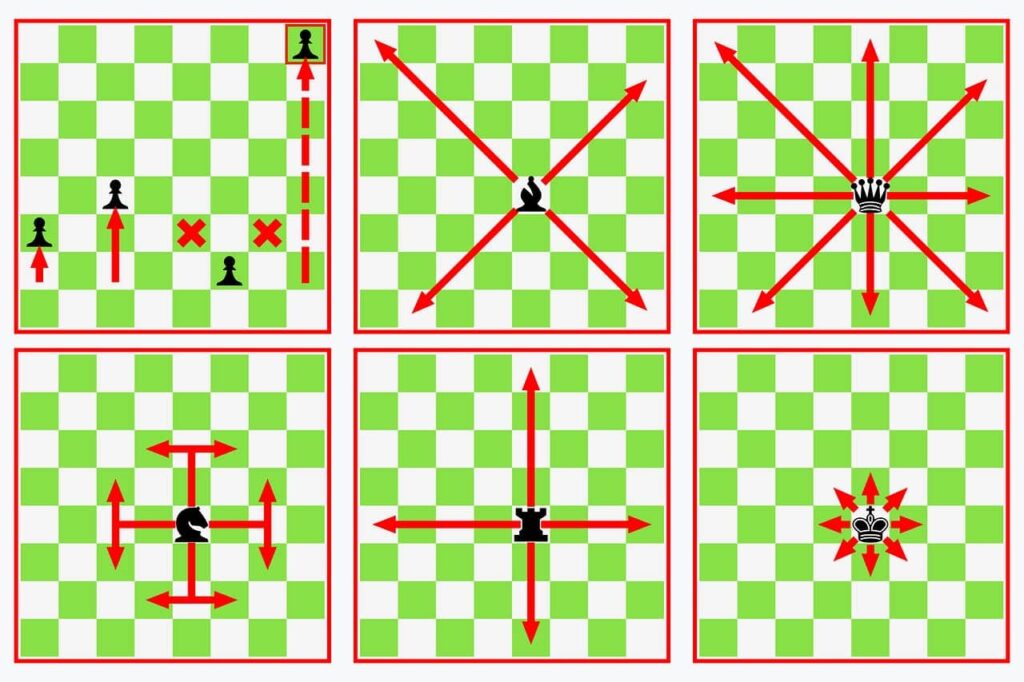
3. Calculate All Variations
Calculation is the heart of chess tactics. Before making a move:
✔ Analyze all possible responses from your opponent.
✔ Look for forcing sequences (checks, captures, and threats).
✔ Visualize different variations in your head without touching the pieces.
A strong player doesn’t rely on trial and error but calculates deeply to ensure the chosen move is correct before executing it.

4. Recognize and Name the Tactic
Once you find the best move, identify the tactical theme behind it—such as a pin, fork, skewer, discovered attack, or double check. Naming these tactics reinforces learning and helps in recalling them during real games.

5. Verify the Solution
Double-check your answer by ensuring:
✔ No better move is available.
✔ The opponent’s best defensive responses have been considered.
✔ The solution leads to a decisive advantage (winning material, checkmate, or significant positional gain).

Tips for Efficient Puzzle Solving
✅ Start with easier puzzles and gradually increase difficulty.
✅ Use a real chessboard if visualization is challenging.
✅ Set a time limit to simulate practical game situations.
✅ Learn from mistakes—review incorrect solutions and understand what went wrong.
At first, this process might seem slow, but with practice, your mind will process tactical patterns instantly, leading to stronger play over the board.
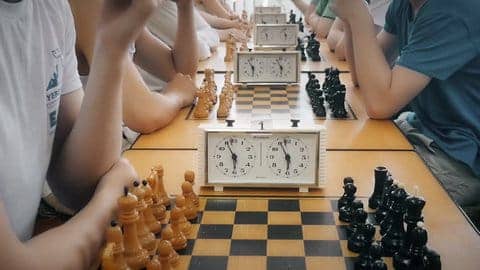
Practical Examples of Tactical Solving
Example 1
Position Analysis: White’s king is exposed, a rook is active on the 2nd rank, and both bishops are aimed at the king.
Steps to Solve:
- Tactical Motifs – Weak king, aligned pieces, active bishops.
- Candidate Moves – Consider Bxc2 and Rxc2.
- Calculation:
- 1… Bxc2 2. Qxc3 → White wins.
- 1… Rxc2 2. Kb1 Rb2 3. Ka1 (or Kc1) Rb1# → Checkmate!
- Recognized Tactics – Discovered attack & double check.
- Verification – The solution is correct. ✅

Example 2
Position Analysis: White’s king is weak, and Black’s king is highly active, creating attacking chances.
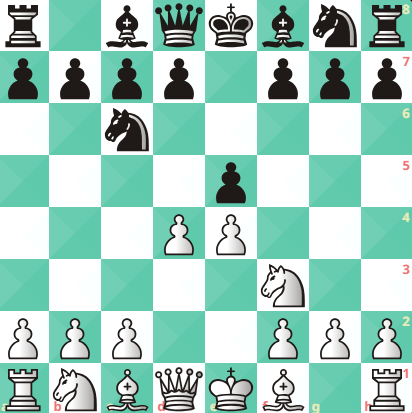
Steps to Solve:
- Tactical Motifs – Weak back-rank, active king, open files.
- Candidate Moves – Consider Rxg4 and Rc1.
- Calculation:
- 1… Rxg4 2. Rd5 Ke3 3. Nd1 → Discovered attack, Black loses.
- 1… Rc1 2. Nd1 Rf1 3. Kxf1 Rxd1 4. Kg2 → The king escapes, White wins.
- 1… Rc1 2. Nd1 Rxd1 3. Kxd1 Rf1# → Checkmate!
- Recognized Tactics – Sacrifices leading to a back-rank checkmate.
- Verification – The solution is accurate. ✅
Final Thoughts

Mastering chess puzzles requires patience, consistency, and strong calculation skills. The key is to train your mind to think logically and systematically. When solving puzzles, don’t rush—calculate deeply, understand tactical motifs, and refine your pattern recognition. Over time, these skills will seamlessly integrate into your games, making you a more formidable player.
𝐇𝐚𝐩𝐩𝐲 𝐬𝐨𝐥𝐯𝐢𝐧𝐠! ♟♜♞
𝐑𝐞𝐚𝐝𝐲 𝐭𝐨 𝐄𝐥𝐞𝐯𝐚𝐭𝐞 𝐘𝐨𝐮𝐫 𝐂𝐡𝐞𝐬𝐬 𝐒𝐤𝐢𝐥𝐥𝐬?
Join the Madras School of Chess, where champions are made! Whether you’re a beginner or an advanced player, our expert coaching will help you master the game.
📍 Locations: T.Nagar, Anna Nagar, Mandaveli & Online
📞 Call: +91 98404 03376
🌐 Visit: www.madrasschoolofchess.com
Start your journey to chess mastery today! ♟️🚀
How to Obtain a FIDE Rating: Your Ultimate Guide to Becoming a Rated Chess Player
Feb 25th, 2025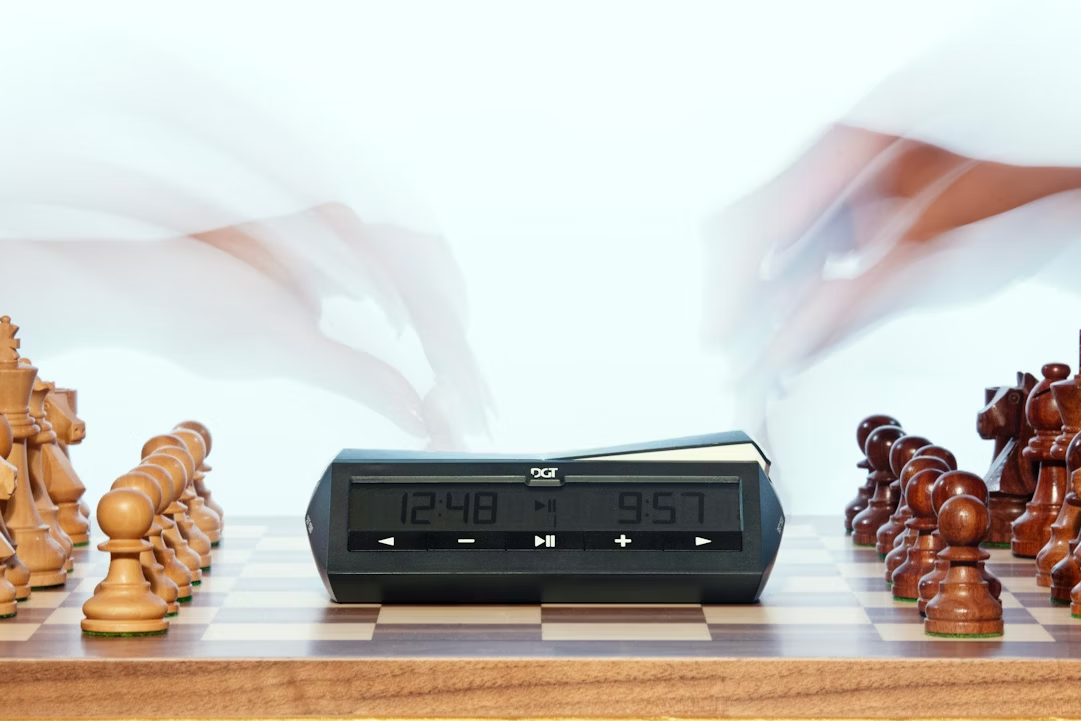
If you’re passionate about chess and aspire to compete at a professional level, securing a FIDE rating is a crucial step. Recognized globally, a FIDE (Fédération Internationale des Échecs) rating reflects your performance in official tournaments and establishes your standing in the chess community. This guide will take you through the essential steps to obtaining your first FIDE rating.
𝐒𝐭𝐞𝐩 𝟏: 𝐎𝐛𝐭𝐚𝐢𝐧 𝐚 𝐅𝐈𝐃𝐄 𝐈𝐃
Before participating in FIDE-rated tournaments, you must acquire a FIDE ID. This unique identification number is issued through your national chess federation and serves as your official record in FIDE events. The process to obtain one varies by country but typically includes:
𝟏.𝐑𝐞𝐠𝐢𝐬𝐭𝐞𝐫𝐢𝐧𝐠 𝐰𝐢𝐭𝐡 𝐲𝐨𝐮𝐫 𝐧𝐚𝐭𝐢𝐨𝐧𝐚𝐥 𝐜𝐡𝐞𝐬𝐬 𝐟𝐞𝐝𝐞𝐫𝐚𝐭𝐢𝐨𝐧.
𝟐.𝐏𝐫𝐨𝐯𝐢𝐝𝐢𝐧𝐠 𝐩𝐞𝐫𝐬𝐨𝐧𝐚𝐥 𝐝𝐞𝐭𝐚𝐢𝐥𝐬 𝐬𝐮𝐜𝐡 𝐚𝐬 𝐲𝐨𝐮𝐫 𝐟𝐮𝐥𝐥 𝐧𝐚𝐦𝐞, 𝐝𝐚𝐭𝐞 𝐨𝐟 𝐛𝐢𝐫𝐭𝐡, 𝐚𝐧𝐝 𝐧𝐚𝐭𝐢𝐨𝐧𝐚𝐥𝐢𝐭𝐲.
𝟑.𝐏𝐚𝐲𝐢𝐧𝐠 𝐚𝐧𝐲 𝐚𝐩𝐩𝐥𝐢𝐜𝐚𝐛𝐥𝐞 𝐟𝐞𝐞𝐬 𝐫𝐞𝐪𝐮𝐢𝐫𝐞𝐝 𝐛𝐲 𝐲𝐨𝐮𝐫 𝐧𝐚𝐭𝐢𝐨𝐧𝐚𝐥 𝐟𝐞𝐝𝐞𝐫𝐚𝐭𝐢𝐨𝐧.
Once you receive your FIDE ID, all your rated games and tournament performances will be tracked under this identifier, forming the foundation of your chess career.
In the next steps, we’ll explore how to participate in FIDE-rated tournaments and earn your first official chess rating!

𝐒𝐭𝐞𝐩 𝟐: 𝐋𝐨𝐜𝐚𝐭𝐞 𝐚 𝐅𝐈𝐃𝐄-𝐑𝐚𝐭𝐞𝐝 𝐓𝐨𝐮𝐫𝐧𝐚𝐦𝐞𝐧𝐭
To acquire a FIDE rating, you must participate in an officially recognized FIDE-rated tournament. You can find such events by:
Checking your national chess federation’s website for details on upcoming rated tournaments.
Visiting the FIDE website (www.fide.com) to explore international tournament listings.
Consulting local chess clubs to see if they host or have information about FIDE-rated competitions.
Ensure that the tournament adheres to FIDE regulations, as not all chess events qualify for official rating calculations.
𝐒𝐭𝐞𝐩 𝟑: 𝐌𝐞𝐞𝐭𝐢𝐧𝐠 𝐭𝐡𝐞 𝐁𝐚𝐬𝐢𝐜 𝐑𝐞𝐪𝐮𝐢𝐫𝐞𝐦𝐞𝐧𝐭𝐬
To secure your initial FIDE rating, you must fulfill the following conditions:
Compete in a FIDE-rated tournament.
Score at least one point (win or draw) against an already-rated player.
Play a minimum of five games within a rated event.
Achieve a performance rating of at least 1400.
Step 4: Competing Against Rated Players
For your first rating to be assigned, you need to secure at least one point (either through a win or a draw) against players who already have a FIDE rating. If you fail to score against rated players, your performance will not be considered for obtaining a FIDE rating. You can estimate your provisional rating using the FIDE Rating Calculator.
𝐒𝐭𝐞𝐩 𝟓: 𝐀𝐰𝐚𝐢𝐭 𝐭𝐡𝐞 𝐏𝐮𝐛𝐥𝐢𝐜𝐚𝐭𝐢𝐨𝐧 𝐨𝐟 𝐘𝐨𝐮𝐫 𝐑𝐚𝐭𝐢𝐧𝐠
Once your tournament concludes, the event organizers will submit the results to FIDE. Official ratings are updated on the 1st of every month and can be accessed on the FIDE website (ratings.fide.com). If you have met all requirements, your name will appear in the FIDE rating list.
𝐒𝐭𝐞𝐩 𝟔: 𝐂𝐨𝐧𝐭𝐢𝐧𝐮𝐞 𝐏𝐥𝐚𝐲𝐢𝐧𝐠 𝐭𝐨 𝐈𝐦𝐩𝐫𝐨𝐯𝐞 𝐘𝐨𝐮𝐫 𝐑𝐚𝐭𝐢𝐧𝐠
Earning a FIDE rating is just the beginning. To enhance your rating, consider:
Competing regularly in rated tournaments.
Studying chess openings, middlegame strategies, and endgames.
Analyzing your games to identify areas for improvement.
Challenging stronger players to gain practical experience.
Achieving a FIDE rating is an exciting milestone, allowing you to compete internationally, monitor your progress, and set new objectives. Whether your goal is to reach 2000+ or beyond, consistent practice and strategic learning are key to improvement.
If you’re looking for high-level practice games against Titled Players, check out BoltChess (boltchess.com)—a great platform to gain valuable experience before entering an official FIDE-rated tournament.
Ready to Elevate Your Chess Skills?
Join the Madras School of Chess, where champions are made! Whether you’re a beginner or an advanced player, our expert coaching will help you master the game.
📍 Locations: T.Nagar, Anna Nagar, Mandaveli & Online
📞 Call: +91 98404 03376
🌐 Visit: www.madrasschoolofchess.com
Start your journey to chess mastery today! ♟️🚀
𝐂𝐚𝐫𝐥𝐬𝐞𝐧 𝐑𝐞𝐭𝐮𝐫𝐧𝐬 𝐭𝐨 𝐂𝐥𝐚𝐬𝐬𝐢𝐜𝐚𝐥 𝐂𝐡𝐞𝐬𝐬: 𝐅𝐢𝐫𝐬𝐭 𝐒𝐡𝐨𝐰𝐝𝐨𝐰𝐧 𝐰𝐢𝐭𝐡 𝐖𝐨𝐫𝐥𝐝 𝐂𝐡𝐚𝐦𝐩𝐢𝐨𝐧 𝐆𝐮𝐤𝐞𝐬𝐡
Feb 18th, 2025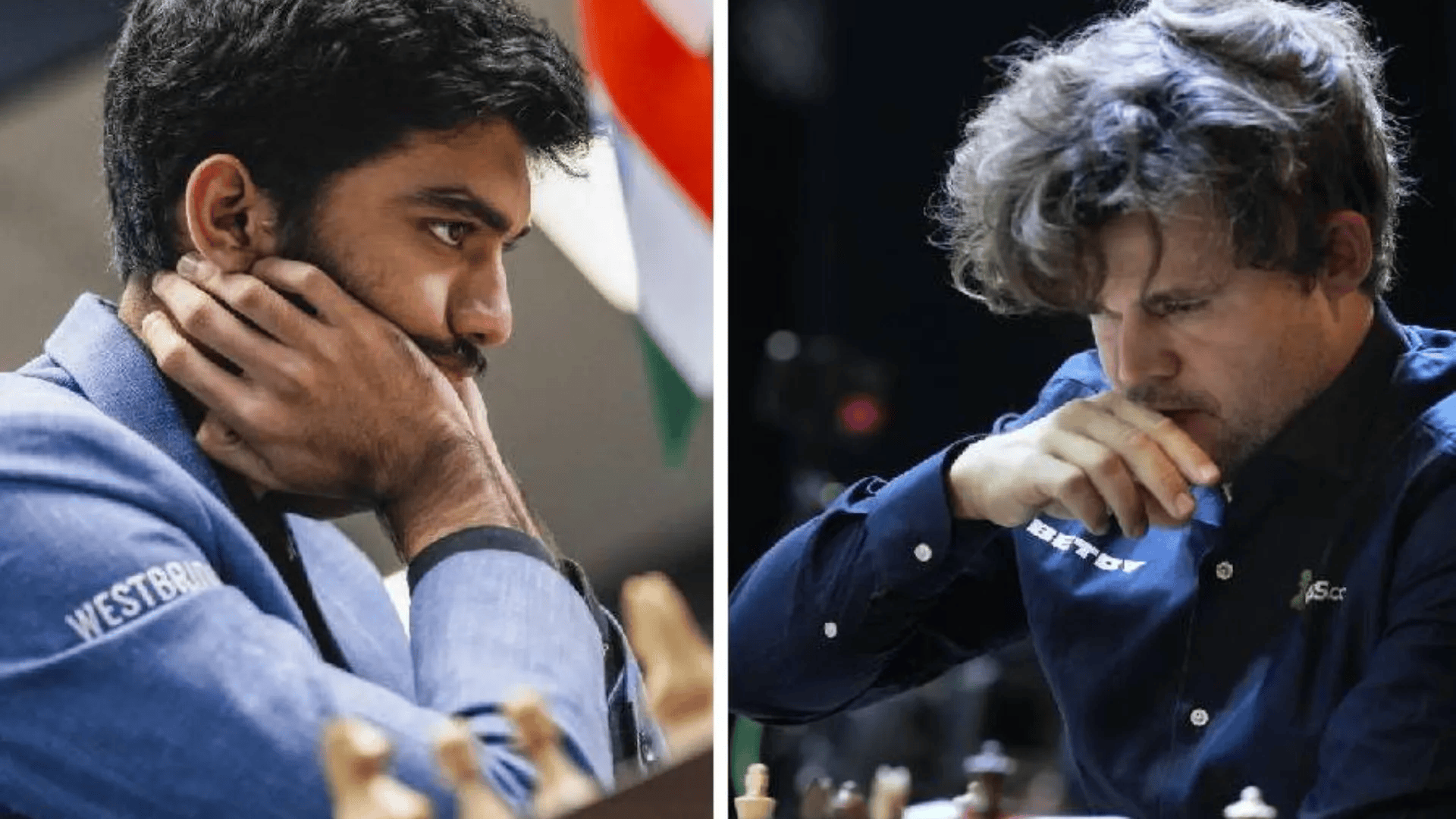
The 13th edition of Norway Chess will witness the first classical encounter between reigning World Champion GM Gukesh Dommaraju and world number-one GM Magnus Carlsen since Gukesh’s historic title victory in Singapore.
Staying true to its traditions, Norway Chess will retain its established format, prize fund, and venue, with eight of the twelve participants from last year returning to compete.

The prestigious tournament will take place in Stavanger, Norway, from May 26 to June 7, featuring a six-player double round-robin classical event. Alongside the main event, the Norway Chess Women tournament will also continue, showcasing six formidable players.
𝐍𝐨𝐫𝐰𝐚𝐲 𝐂𝐡𝐞𝐬𝐬 𝟐𝟎𝟐𝟓: 𝐀 𝐇𝐢𝐠𝐡-𝐒𝐭𝐚𝐤𝐞𝐬 𝐁𝐚𝐭𝐭𝐥𝐞 𝐀𝐰𝐚𝐢𝐭𝐬
The highly anticipated 13th edition of Norway Chess is set to bring an electrifying encounter between World Champion GM Gukesh Dommaraju and World No. 1 GM Magnus Carlsen. This marks their first classical game since Gukesh claimed the world title in Singapore, making it one of the most awaited clashes in modern chess history.
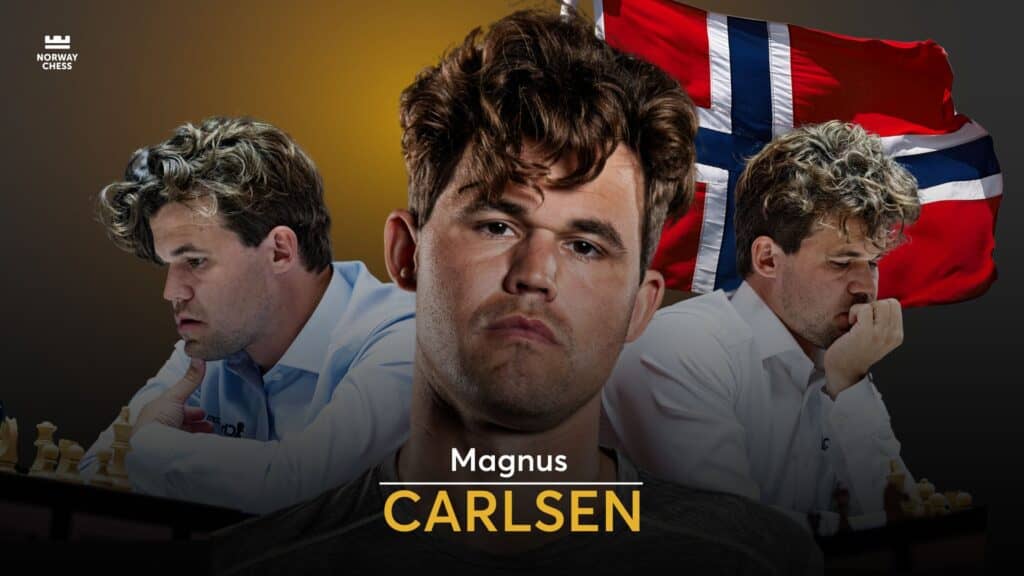
𝐓𝐫𝐚𝐝𝐢𝐭𝐢𝐨𝐧 𝐂𝐨𝐧𝐭𝐢𝐧𝐮𝐞𝐬: Format, Prize Fund & Venue Remain Unchanged
Norway Chess maintains its signature format, prize pool, and venue, with eight of the twelve participants returning from last year. From May 26 to June 7, Stavanger will host a six-player double round-robin classical tournament, ensuring an intense competition among the world’s elite players. Alongside the Open section, the Norway Chess Women event also returns with a strong lineup.
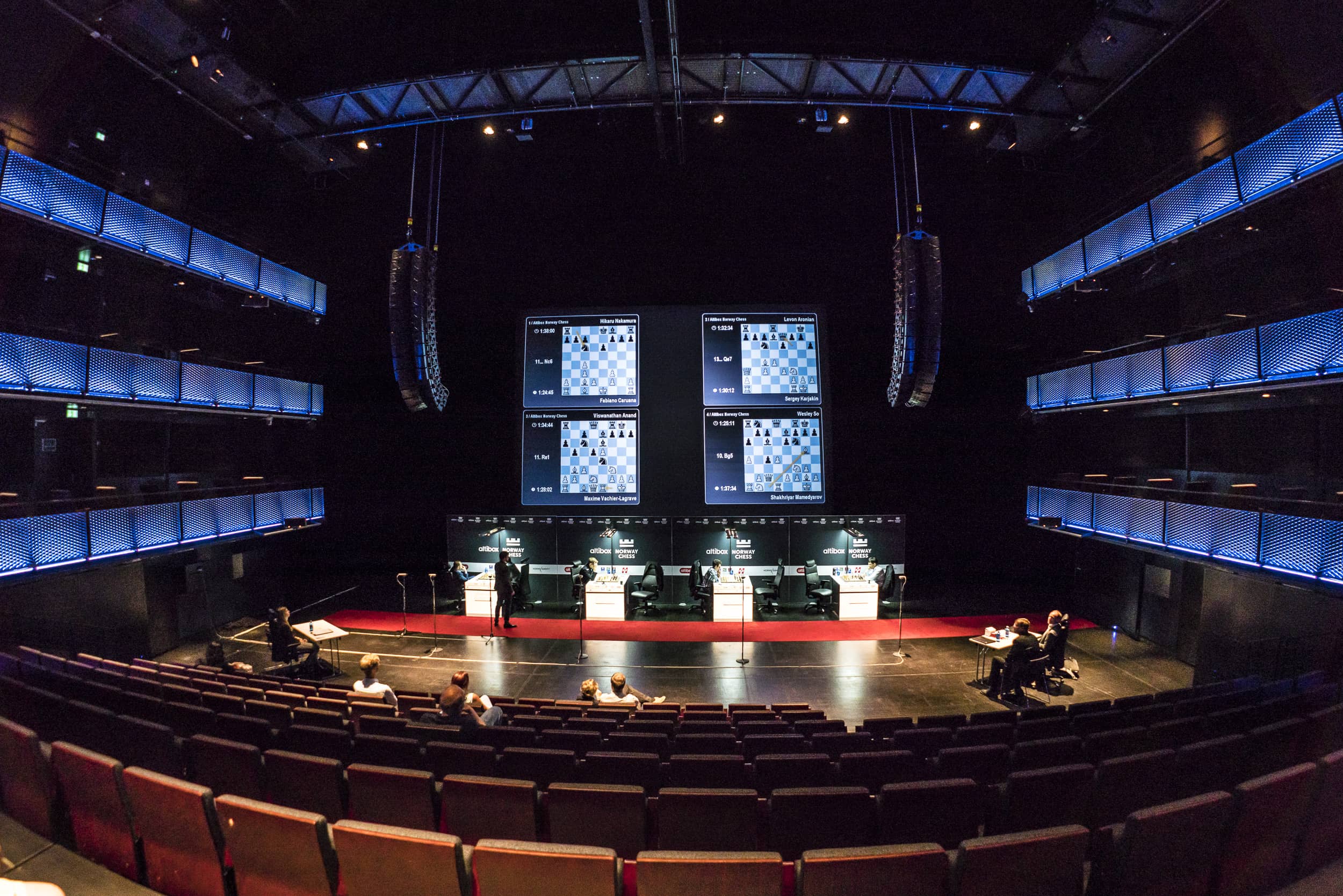
𝐓𝐡𝐞 𝐓𝐢𝐭𝐚𝐧𝐬 𝐀𝐬𝐬𝐞𝐦𝐛𝐥𝐞: 𝐂𝐚𝐫𝐥𝐬𝐞𝐧’𝐬 𝐑𝐚𝐫𝐞 𝐂𝐥𝐚𝐬𝐬𝐢𝐜𝐚𝐥 𝐀𝐩𝐩𝐞𝐚𝐫𝐚𝐧𝐜𝐞
The tournament boasts a powerhouse lineup, featuring six of the world’s top eight players. Among them are six-time Norway Chess champion Carlsen, 2023 winner GM Hikaru Nakamura, and 2018 champion GM Fabiano Caruana.
Making a strong return is World Champion Gukesh, who impressed with a third-place finish in 2023. Indian GM Arjun Erigaisi and China’s GM Wei Yi are set to make their debut in Stavanger, adding fresh excitement to the mix.

𝐀 𝐑𝐞𝐦𝐚𝐭𝐜𝐡 𝐘𝐞𝐚𝐫𝐬 𝐢𝐧 𝐭𝐡𝐞 𝐌𝐚𝐤𝐢𝐧𝐠:
Beyond the star-studded roster, all eyes will be on the long-awaited classical face-off between Carlsen and Gukesh. Their last encounter in the 2023 FIDE World Cup quarterfinal saw Carlsen emerge victorious, eliminating Gukesh with a 1.5-0.5 scoreline. Now, as the reigning world champion, Gukesh is ready to challenge Carlsen’s dominance.
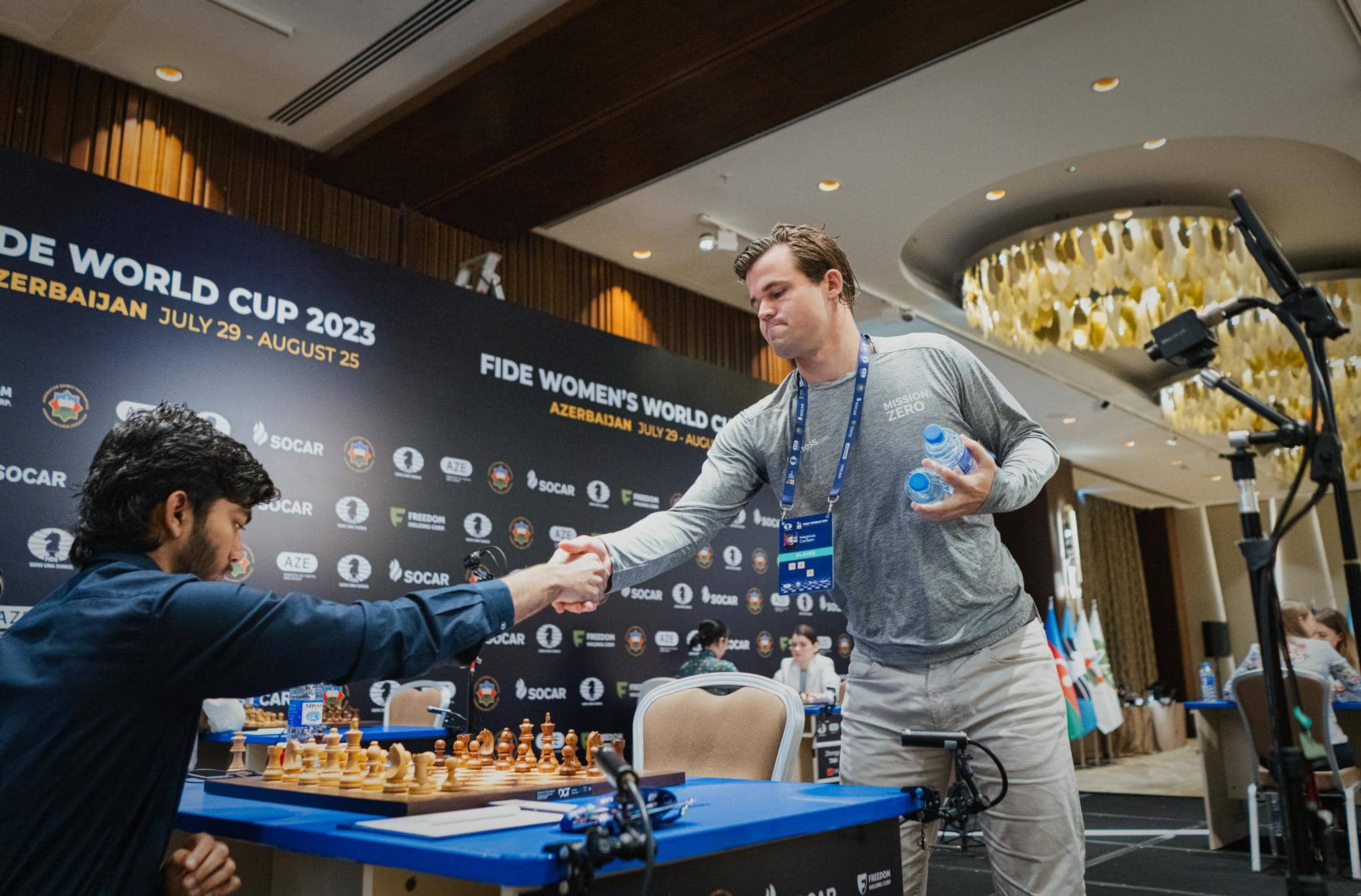
𝐂𝐄𝐎’𝐬 𝐈𝐧𝐬𝐢𝐠𝐡𝐭: 𝐀 𝐏𝐞𝐫𝐟𝐞𝐜𝐭 𝐁𝐥𝐞𝐧𝐝 𝐨𝐟 𝐓𝐚𝐥𝐞𝐧𝐭 𝐚𝐧𝐝 𝐃𝐢𝐯𝐞𝐫𝐬𝐢𝐭𝐲:
Norway Chess CEO Kjell Madland expressed excitement about the tournament’s stellar lineup.
“𝐖𝐞 𝐚𝐫𝐞 𝐞𝐱𝐭𝐫𝐞𝐦𝐞𝐥𝐲 𝐬𝐚𝐭𝐢𝐬𝐟𝐢𝐞𝐝 𝐰𝐢𝐭𝐡 𝐭𝐡𝐞 𝐟𝐢𝐞𝐥𝐝 𝐭𝐡𝐢𝐬 𝐲𝐞𝐚𝐫. 𝐈𝐭’𝐬 𝐚 𝐛𝐥𝐞𝐧𝐝 𝐨𝐟 𝐲𝐨𝐮𝐧𝐠, 𝐝𝐲𝐧𝐚𝐦𝐢𝐜 𝐩𝐥𝐚𝐲𝐞𝐫𝐬 𝐚𝐧𝐝 𝐞𝐬𝐭𝐚𝐛𝐥𝐢𝐬𝐡𝐞𝐝 𝐠𝐫𝐚𝐧𝐝𝐦𝐚𝐬𝐭𝐞𝐫𝐬. 𝐄𝐧𝐬𝐮𝐫𝐢𝐧𝐠 𝐝𝐢𝐯𝐞𝐫𝐬𝐞 𝐫𝐞𝐩𝐫𝐞𝐬𝐞𝐧𝐭𝐚𝐭𝐢𝐨𝐧 𝐟𝐫𝐨𝐦 𝐈𝐧𝐝𝐢𝐚, 𝐂𝐡𝐢𝐧𝐚, 𝐚𝐧𝐝 𝐭𝐡𝐞 𝐔.𝐒.𝐀. 𝐰𝐚𝐬 𝐚 𝐤𝐞𝐲 𝐩𝐫𝐢𝐨𝐫𝐢𝐭𝐲 𝐟𝐨𝐫 𝐮𝐬. 𝐓𝐡𝐢𝐬 𝐞𝐯𝐞𝐧𝐭 𝐰𝐢𝐥𝐥 𝐛𝐞 𝐚 𝐬𝐩𝐞𝐜𝐭𝐚𝐜𝐥𝐞.”
𝐂𝐚𝐫𝐥𝐬𝐞𝐧’𝐬 𝐒𝐡𝐢𝐟𝐭𝐢𝐧𝐠 𝐅𝐨𝐜𝐮𝐬: 𝐀 𝐑𝐚𝐫𝐞 𝐂𝐥𝐚𝐬𝐬𝐢𝐜𝐚𝐥 𝐀𝐩𝐩𝐞𝐚𝐫𝐚𝐧𝐜𝐞
Fans will cherish the opportunity to see Carlsen in a classical tournament, as his participation in this format has significantly decreased. In 2024, he played only 18 classical games—the lowest in his career. With his attention shifting towards freestyle formats and rapid events like the Freestyle Chess Grand Slam and Esports World Cup, Norway Chess might be his only classical event of 2025.
Despite this shift, the tournament organizers remain optimistic about his future involvement.
“𝐌𝐚𝐠𝐧𝐮𝐬 𝐡𝐚𝐬 𝐚𝐥𝐰𝐚𝐲𝐬 𝐞𝐧𝐣𝐨𝐲𝐞𝐝 𝐩𝐥𝐚𝐲𝐢𝐧𝐠 𝐡𝐞𝐫𝐞, 𝐚𝐧𝐝 𝐰𝐞 𝐡𝐚𝐯𝐞 𝐚 𝐠𝐫𝐞𝐚𝐭 𝐫𝐞𝐥𝐚𝐭𝐢𝐨𝐧𝐬𝐡𝐢𝐩 𝐰𝐢𝐭𝐡 𝐡𝐢𝐦. 𝐖𝐞 𝐞𝐱𝐩𝐞𝐜𝐭 𝐡𝐢𝐦 𝐭𝐨 𝐫𝐞𝐭𝐮𝐫𝐧 𝐢𝐧 𝐭𝐡𝐞 𝐜𝐨𝐦𝐢𝐧𝐠 𝐲𝐞𝐚𝐫𝐬,”
Madland confirmed.
𝐊𝐞𝐞𝐩𝐢𝐧𝐠 𝐭𝐡𝐞 𝐂𝐥𝐚𝐬𝐬𝐢𝐜𝐚𝐥 𝐓𝐫𝐚𝐝𝐢𝐭𝐢𝐨𝐧 𝐀𝐥𝐢𝐯𝐞
Norway Chess remains committed to preserving classical chess as its core format. While armageddon tiebreakers will still be in place, the primary focus is on long-form battles.
“𝐏𝐥𝐚𝐲𝐞𝐫𝐬 𝐡𝐚𝐯𝐞 𝐯𝐨𝐢𝐜𝐞𝐝 𝐭𝐡𝐚𝐭 𝐜𝐥𝐚𝐬𝐬𝐢𝐜𝐚𝐥 𝐭𝐨𝐮𝐫𝐧𝐚𝐦𝐞𝐧𝐭𝐬 𝐚𝐫𝐞 𝐛𝐞𝐜𝐨𝐦𝐢𝐧𝐠 𝐫𝐚𝐫𝐞. 𝐖𝐞 𝐰𝐚𝐧𝐭 𝐭𝐨 𝐮𝐩𝐡𝐨𝐥𝐝 𝐭𝐫𝐚𝐝𝐢𝐭𝐢𝐨𝐧 𝐰𝐡𝐢𝐥𝐞 𝐤𝐞𝐞𝐩𝐢𝐧𝐠 𝐢𝐭 𝐞𝐧𝐠𝐚𝐠𝐢𝐧𝐠,” Madland emphasized.
𝐖𝐨𝐦𝐞𝐧’𝐬 𝐍𝐨𝐫𝐰𝐚𝐲 𝐂𝐡𝐞𝐬𝐬: 𝐀 𝐂𝐨𝐦𝐦𝐢𝐭𝐦𝐞𝐧𝐭 𝐭𝐨 𝐄𝐪𝐮𝐚𝐥𝐢𝐭𝐲
Continuing its groundbreaking initiative, Norway Chess Women returns with an equal prize fund, reinforcing its dedication to gender parity.
Defending champion and Women’s World Champion GM Ju Wenjun leads the pack, followed by GM Lei Tingjie, GM Koneru Humpy, and GM Anna Muzychuk. New to the roster is IM Sara Khadem, replacing GM Pia Cramling.
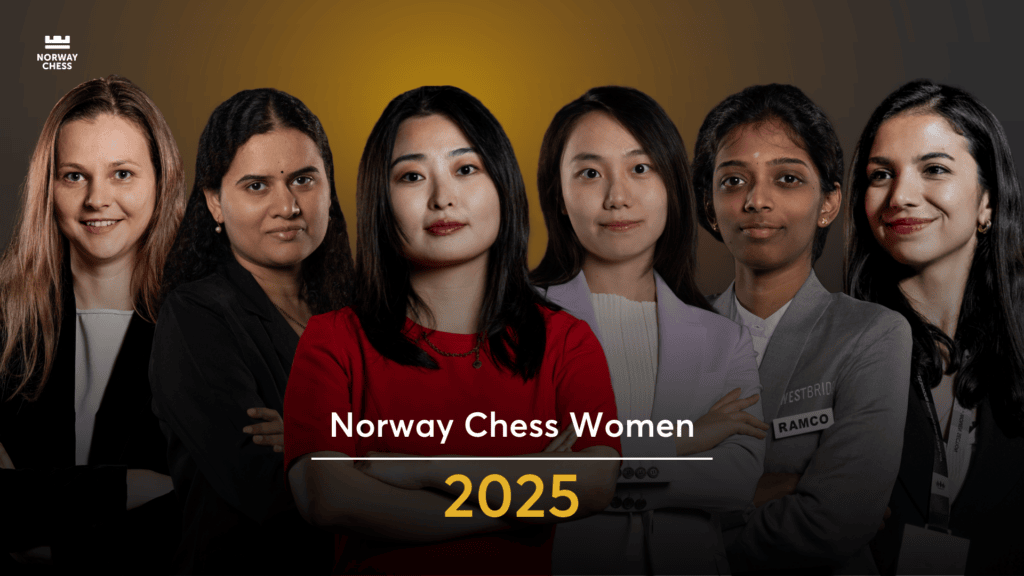
𝐆𝐞𝐧𝐞𝐫𝐚𝐥 𝐌𝐚𝐧𝐚𝐠𝐞𝐫 𝐁𝐞𝐧𝐞𝐝𝐢𝐜𝐭𝐞 𝐖𝐞𝐬𝐭𝐫𝐞 𝐒𝐤𝐨𝐠 𝐬𝐭𝐫𝐞𝐬𝐬𝐞𝐝 𝐭𝐡𝐞 𝐢𝐦𝐩𝐨𝐫𝐭𝐚𝐧𝐜𝐞 𝐨𝐟 𝐜𝐨𝐧𝐭𝐢𝐧𝐮𝐢𝐭𝐲:
“𝐓𝐡𝐢𝐬 𝐰𝐚𝐬𝐧’𝐭 𝐦𝐞𝐚𝐧𝐭 𝐭𝐨 𝐛𝐞 𝐚 𝐨𝐧𝐞-𝐭𝐢𝐦𝐞 𝐚𝐜𝐡𝐢𝐞𝐯𝐞𝐦𝐞𝐧𝐭. 𝐄𝐧𝐬𝐮𝐫𝐢𝐧𝐠 𝐞𝐪𝐮𝐚𝐥 𝐨𝐩𝐩𝐨𝐫𝐭𝐮𝐧𝐢𝐭𝐢𝐞𝐬 𝐲𝐞𝐚𝐫 𝐚𝐟𝐭𝐞𝐫 𝐲𝐞𝐚𝐫 𝐬𝐨𝐥𝐢𝐝𝐢𝐟𝐢𝐞𝐬 𝐨𝐮𝐫 𝐜𝐨𝐦𝐦𝐢𝐭𝐦𝐞𝐧𝐭 𝐭𝐨 𝐰𝐨𝐦𝐞𝐧’𝐬 𝐜𝐡𝐞𝐬𝐬.”
Madland added:
“𝐓𝐡𝐢𝐬 𝐢𝐧𝐢𝐭𝐢𝐚𝐭𝐢𝐯𝐞 𝐢𝐬𝐧’𝐭 𝐣𝐮𝐬𝐭 𝐚𝐛𝐨𝐮𝐭 𝐰𝐨𝐦𝐞𝐧 𝐢𝐧 𝐜𝐡𝐞𝐬𝐬—𝐢𝐭’𝐬 𝐚𝐛𝐨𝐮𝐭 𝐭𝐡𝐞 𝐟𝐮𝐭𝐮𝐫𝐞 𝐨𝐟 𝐭𝐡𝐞 𝐬𝐩𝐨𝐫𝐭 𝐚𝐬 𝐚 𝐰𝐡𝐨𝐥𝐞.”
𝐓𝐨𝐮𝐫𝐧𝐚𝐦𝐞𝐧𝐭 𝐒𝐭𝐫𝐮𝐜𝐭𝐮𝐫𝐞 & 𝐏𝐫𝐢𝐳𝐞 𝐅𝐮𝐧𝐝
The 2025 Norway Chess tournament will follow a double round-robin format, where each player faces every opponent twice.
𝐊𝐞𝐲 𝐃𝐞𝐭𝐚𝐢𝐥𝐬:
Time Control: 120 minutes for 40 moves, with a 10-second increment from move 41.
𝐒𝐜𝐨𝐫𝐢𝐧𝐠 𝐒𝐲𝐬𝐭𝐞𝐦:
Classical win:𝟑 𝐩𝐨𝐢𝐧𝐭𝐬
Classical loss: 𝟎 𝐩𝐨𝐢𝐧𝐭𝐬
Draw: 𝟏 𝐩𝐨𝐢𝐧𝐭 𝐞𝐚𝐜𝐡, 𝐰𝐢𝐭𝐡 𝐚𝐧 𝐚𝐝𝐝𝐢𝐭𝐢𝐨𝐧𝐚𝐥 𝐚𝐫𝐦𝐚𝐠𝐞𝐝𝐝𝐨𝐧 𝐛𝐚𝐭𝐭𝐥𝐞 𝐟𝐨𝐫 𝟎.𝟓 𝐛𝐨𝐧𝐮𝐬 𝐩𝐨𝐢𝐧𝐭𝐬.
𝐏𝐫𝐢𝐳𝐞 𝐅𝐮𝐧𝐝: 💰
Total Prize Pool (Each Event): 𝟏,𝟔𝟗𝟎,𝟎𝟎𝟎 𝐍𝐎𝐊 (~$𝟏𝟓𝟎,𝟎𝟎𝟎)
Winner’s Prize: 𝟕𝟎𝟎,𝟎𝟎𝟎 𝐍𝐎𝐊 (~$𝟔𝟏,𝟎𝟎𝟎)
Additionally, an open Swiss tournament will run parallel to the main event, providing a platform for emerging players.
𝐀 𝐂𝐡𝐞𝐬𝐬 𝐅𝐞𝐬𝐭𝐢𝐯𝐚𝐥 𝐋𝐢𝐤𝐞 𝐍𝐨 𝐎𝐭𝐡𝐞𝐫
With its iconic matchups, elite participation, and unwavering commitment to classical chess, Norway Chess 2025 promises to be a grand spectacle. As Carlsen and Gukesh prepare to battle in their first classical showdown, chess fans worldwide are in for an unforgettable tournament.
Stay tuned as Stavanger transforms into the ultimate battleground for chess supremacy!
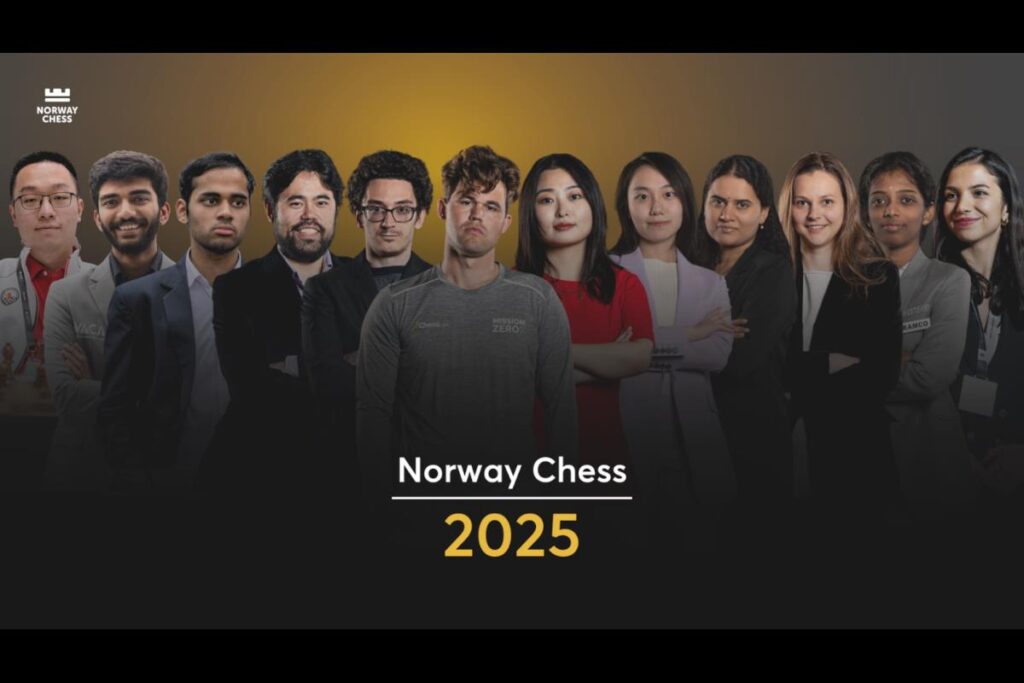
Ready to Elevate Your Chess Skills?
Join the Madras School of Chess, where champions are made! Whether you’re a beginner or an advanced player, our expert coaching will help you master the game.
📍 Locations: T.Nagar, Anna Nagar, Mandaveli & Online
📞 Call: +91 98404 03376
🌐 Visit: www.madrasschoolofchess.com
Start your journey to chess mastery today! ♟️🚀
Blitz Tournament 2025: Unleash Your Chess Potential with Madras School of Chess
Jan 27th, 2025
The Blitz Tournament 2025 marks the 4th edition of the highly anticipated Blitz series organized by the Madras School of Chess. Building on the overwhelming success of its previous tournaments, this edition is specifically tailored for unrated players, offering a golden opportunity for budding chess enthusiasts to showcase their talent and passion for the game.
Designed to nurture emerging talent, the tournament creates a fair and competitive environment where participants can challenge themselves, gain valuable experience, and test their skills against equally determined players. Whether you’re new to tournaments or seeking to establish your presence in the chess community, this event is the perfect platform to take your first big leap into competitive chess!
With a focus on inclusivity and learning, the Blitz Tournament series reflects Madras School of Chess’s unwavering commitment to fostering young talents and building a strong chess culture in the region. Join us in celebrating the love for chess and take your first step toward a promising future in the game!
Unleash Your Chess Potential at the Blitz Tournament 2025!
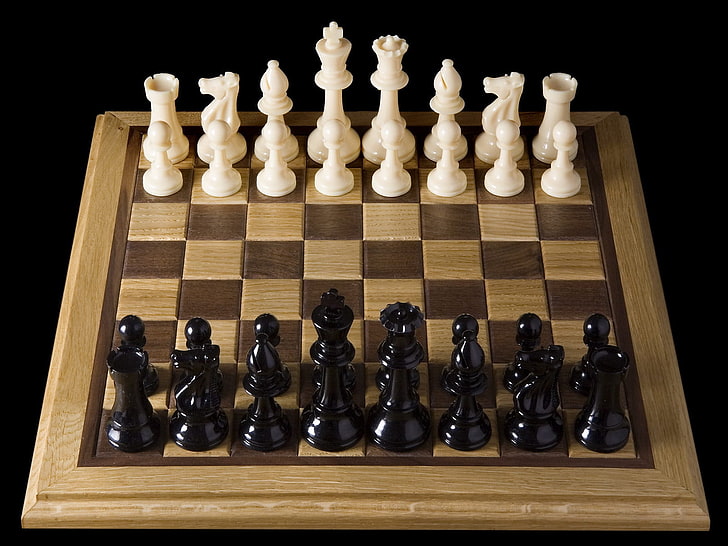
Get ready to showcase your tactical brilliance and speed at the Blitz Tournament 2025, proudly organized by the Madras School of Chess. This exciting tournament is exclusively for unrated players and promises to be a thrilling event for young chess enthusiasts!
Event Details:
Date: February 2nd, 2025 (Sunday)
Time: 9:30 AM
Venue: T. Nagar Premises
Who Can Participate?
The tournament is open to unrated players in the following age categories:
. 6 to 10 years
.11 to 14 years
Why You Should Join:
Test your skills in a fast-paced blitz format.
Compete with talented players from across the city.
Enjoy the thrill of live chess games in an engaging environment.
Registration Details:
Entry Fee: ₹300/-
Limited Seats: Only the first 160 players will be registered! Hurry up!
How to Register?
Visit our venue at T. Nagar Premises or contact us directly.
Scan the QR code on the poster to pay and secure your slot.
Call us at +91 9840403376 or 7305213376 for more details.
Madras School of Chess: The Premier Chess Academy for Young Minds
At Madras School of Chess (MSC), we believe in nurturing the next generation of chess champions. With the world’s #1 chess curriculum created by Grandmasters, our academy offers the most intuitive and effective way to enhance your child’s chess skills. Whether your child is a beginner or an advanced player, our structured approach ensures a fun and enriching learning experience that builds critical thinking, strategic planning, and decision-making abilities.
What Makes Madras School of Chess Unique?
A Curriculum Designed by Grandmasters
At MSC, we bring expertise directly from the world’s top chess minds. Our curriculum is curated by internationally acclaimed Grandmasters, ensuring every student receives the finest training and mentorship.
An Ideal Learning Environment
- Air-conditioned Classrooms: Comfortable spaces designed for focused learning.
- CCTV Security: Safety and security for your child at all times.
- Free Assessment Sessions: Personalized assessments to evaluate and guide students at their own pace.
Our Offerings
We go beyond regular chess coaching by offering a holistic chess learning experience:
- 8 Sessions per Month
Engaging and interactive classes that provide a solid foundation in chess theory, tactics, and strategies. - 1 Quiz per Month
Sharpen your child’s understanding of chess concepts with fun, competitive quizzes. - 1 Master Class per Month
Learn directly from chess masters with specialized sessions designed to offer insights into advanced techniques and strategies. - Weekend Tournaments
Gain valuable match experience through regular tournaments that simulate competitive environments.
Why Choose Us?
At MSC, we provide more than just chess coaching. We ensure an enriching experience backed by world-class infrastructure and guidance:
- Grandmaster-Curated Courses: Tailored to cater to players of all levels, from beginners to advanced.
- A Safe and Comfortable Environment: Air-conditioned classrooms and CCTV-secured premises for peace of mind.
- Free Assessment Sessions: Personalized attention to help every child progress at their own pace.
Meet Our Founders: Icons of Indian Chess

Our founders are not just accomplished players but also visionary mentors, passionate about fostering young talent in chess.
1. GM Vishnu Prasanna

- India’s 33rd Grandmaster.
- Silver medalist in both National Junior and National Senior Championships.
- Former coach of Gukesh D, the 2024 World Chess Champion.
Vishnu’s unparalleled expertise in both playing and coaching makes him a cornerstone of our academy.
2. GM Akash Ganesan

- India’s 66th Chess Grandmaster.
- Youngest National Chess Champion, breaking the record set by Viswanathan Anand.
Akash’s incredible achievements at a young age inspire students to aim high and pursue excellence.
3. WIM Priya Panneer
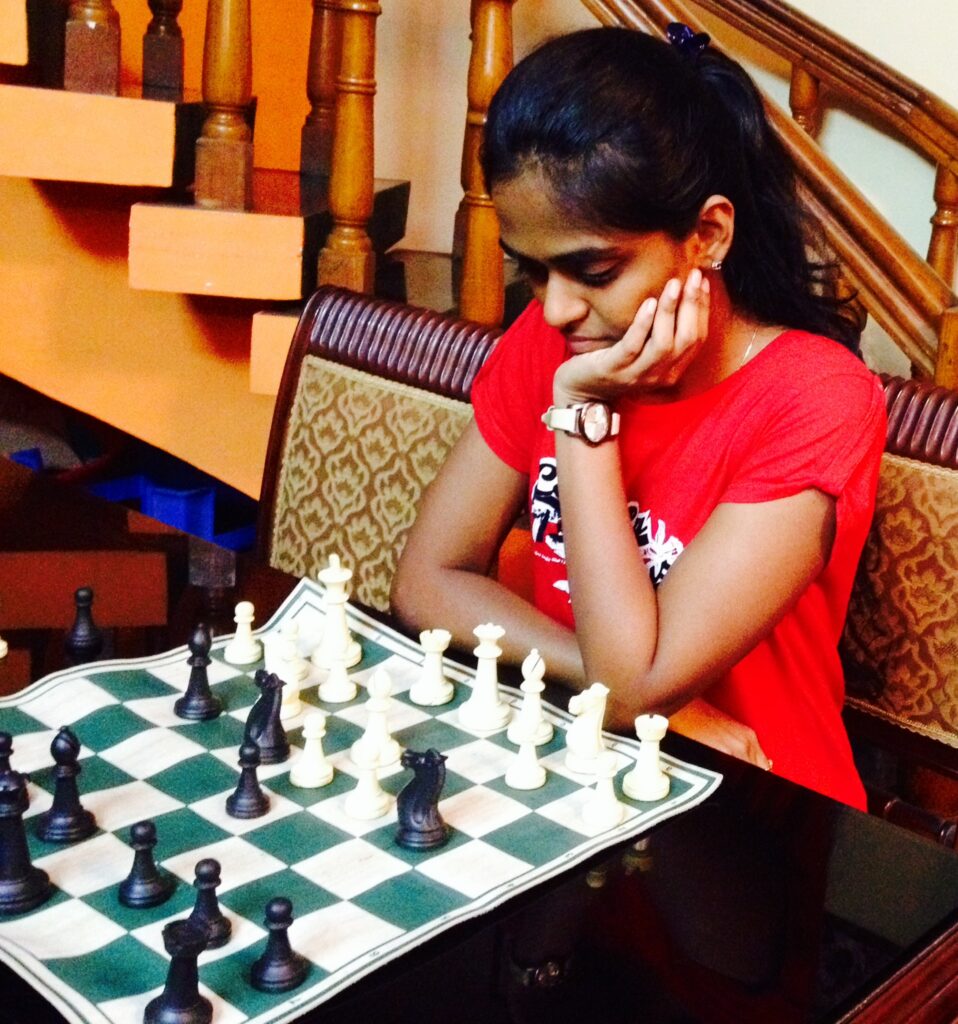
- Women International Master with a rich career representing India in World and Asian Chess Championships since 1999.
- Multiple medalist at the Commonwealth Chess Championships in 2004 and 2007.
Priya’s vast experience and achievements make her an inspiring role model for aspiring players.
4. WIM Raghavi Vishnu Prasanna
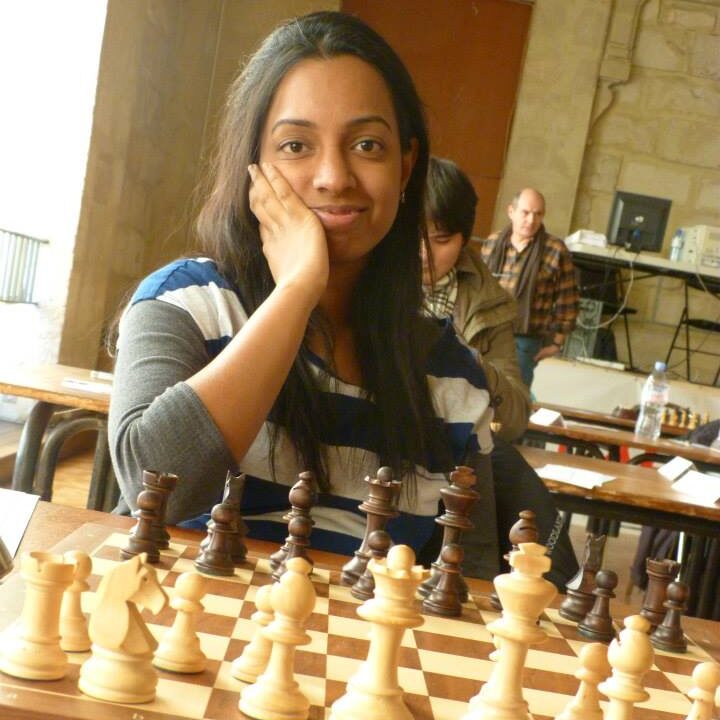
- Women International Master and a 5-time National Champion.
- Commonwealth Chess Championship Silver Medalist.
- Formerly ranked No. 9 among Indian women with a peak Elo rating of 2290.
Raghavi’s exceptional track record highlights her dedication to the game and her expertise in mentoring the next generation.
Building a Legacy of Excellence in Chess
At MSC, we take immense pride in being a hub for nurturing young talents and preparing them to shine in the world of chess. With our Grandmaster-led coaching, modern facilities, and thoughtfully designed programs, we’re committed to bringing out the best in every student.
Whether your child is new to chess or looking to refine their skills, the Madras School of Chess is the perfect place to begin their journey toward becoming a champion.
Enroll Your Child Today!
Take the first step towards shaping a brilliant chess career for your child.
📍 Visit us at our various branches:
- T. Nagar- No.2, Guild Street, Postal Colony, T. Nagar, Chennai-17.
- Anna Nagar- W365, North Main Road, Anna Nagar West, Chennai-10.
- Mandaveli- Radha Swamy School of Excellence, 6-31, W Circular Road, Mandaveli, Chennai-28.
📞 Contact us: +91 9840403376 or +91 7305213376
🌐 Learn more at www.madraschoolofchess.com
Let’s create champions, one move at a time!
Don’t miss this opportunity to sharpen your skills and have fun on the chessboard!
Register now and be part of the Blitz Tournament 2025 at the Madras School of Chess.
Let the battles on the 64 squares begin!
Top 10 Unforgettable Chess Moments of 2024 | The Year in Review
Jan 11th, 2025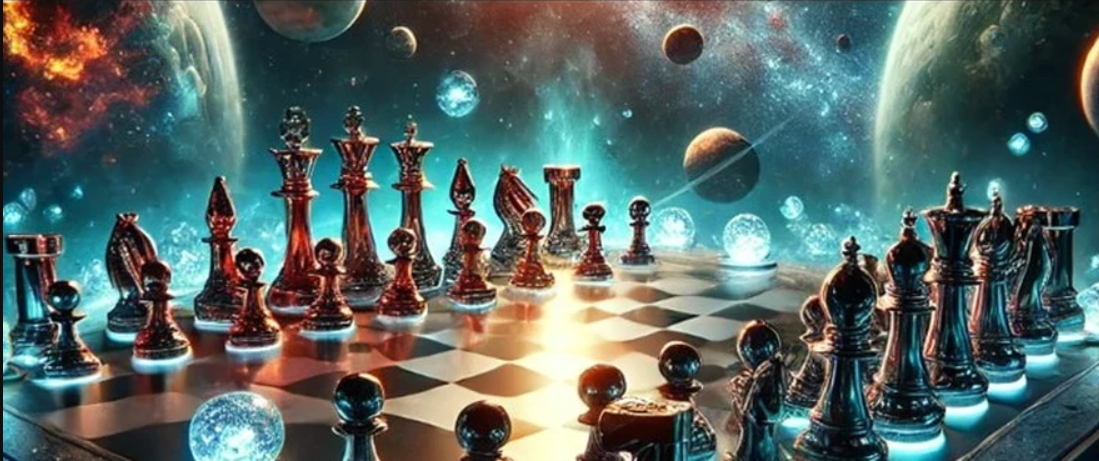
To wrap up this special year, let’s take a look back at the best chess moments of 2024—an exciting journey through incredible achievements, brilliant games, unforgettable tournaments, and the rollercoaster of emotions that players and fans alike experienced.
After much thought, I’ve compiled my top 10 chess events of the year, ranked from 10th to the 1st and most incredible moment. Plus, there’s a special New Year’s message waiting for you at the end. I hope you enjoy it!
P.S. This blog (as of December 30th) isn’t entirely complete since the World Blitz Championship is still ongoing and concludes on the morning of January 1st (NZ time zone). The results will be updated as soon as they’re available.
The Youngest IM in History
- Faustino Oro
- Abhimanyu Mishra
- Praggnanandhaa R
- Yagiz Kaan Erdogmus
- Javokhir Sindarov
- Bharath Subramaniyam
- Gukesh D
- Sergey Karjakin
- Nodirbek Abdusattorov
- Andy Woodward
The list begins with the incredible achievement of Argentine prodigy Faustino Oro, who became the youngest International Master (IM) in history on June 30 at just 10 years, 8 months, and 16 days. He broke the previous record held by Indian-American Abhimanyu Mishra by approximately 17 day
Faustino accomplished this remarkable feat at a tournament organized by the Club de Ajedrez Barcelona, finishing second with a score of 6.5/9, ahead of a GM and another IM. While the event was designed to give him a shot at the title, his opponents were no pushovers, and he had to rise to the challenge under immense pressure. Currently, his rating stands at an impressive 2433—the highest of his young and promising career.
By 2023, Faustino had already earned the title of the youngest FM in history and is now in the “race” to become the youngest Grandmaster, a record still held by Abhimanyu Mishra. Achieving the required ELO of 2500 seems within reach, as he is only 67 points away. However, he still needs to secure three GM norms (performance ratings above 2600 in international tournaments), and as of now, he hasn’t achieved anything
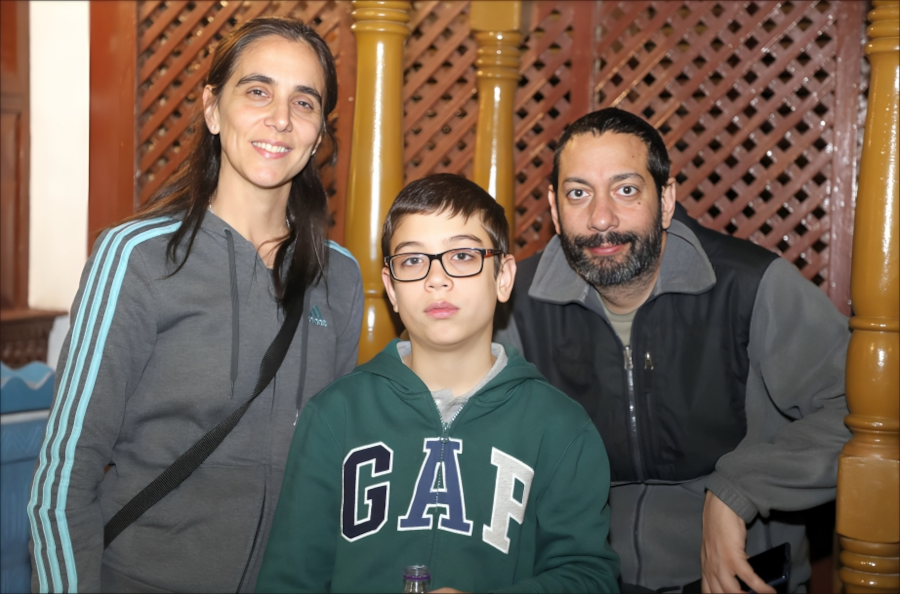
Whether he manages to break the record remains to be seen next year. For now, we can celebrate this remarkable milestone. Perhaps 2024 marks the rise of one of the greatest players of all time. No pressure, Faustino—take it one step at a time.
131st New Zealand Chess Congres
“Vanessa, who really cares about the New Zealand Chess Championship?” Well, maybe not everyone, but as a Kiwi chess player, it holds a special place in my heart. And since this is my blog, I’ve decided to include it here. If you’re not a fan, that’s fine—your opinion is noted and cheerfully dismissed. Let me enjoy this moment.
Jokes aside, the New Zealand Chess Congress, our national championship, is the country’s most prestigious chess event, drawing many of our top players to this remote island in the Pacific.
The 131st edition took place from January 2nd to 12th in Palmerston North. With 50 participants in the main tournament, FM Nicolas Croad emerged victorious for the third time in his career, scoring 7.5/9. The podium was rounded out by IM Tom Middelburg in 2nd place and FM Ben Hague in 3rd
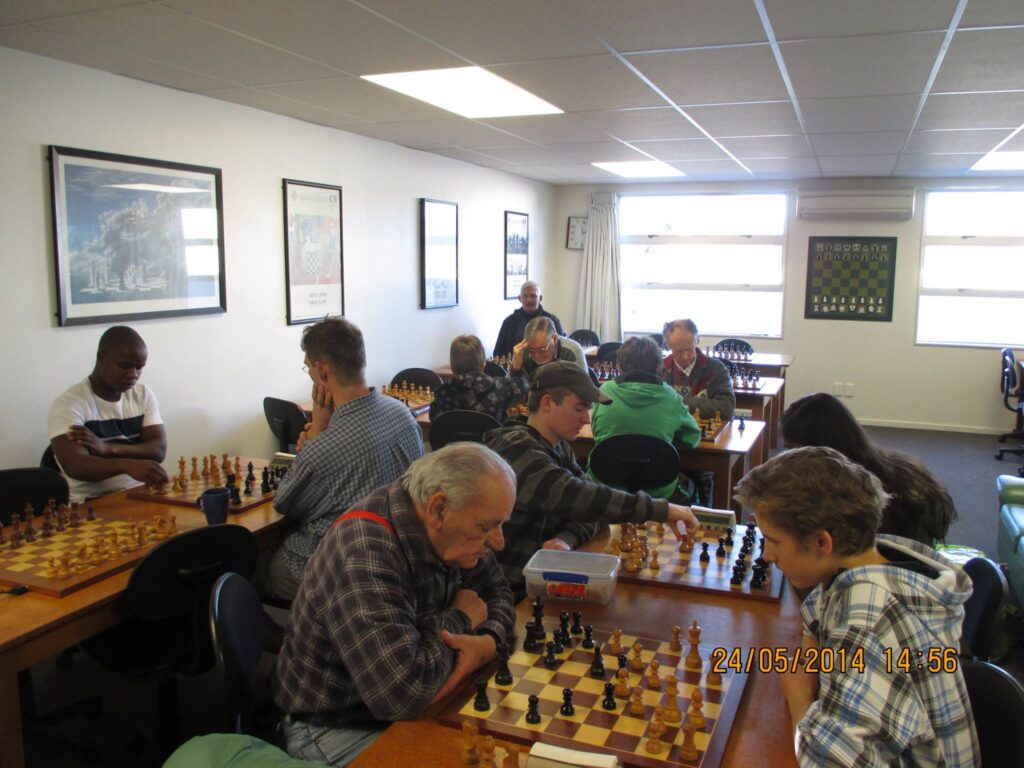
Best Game of the Year
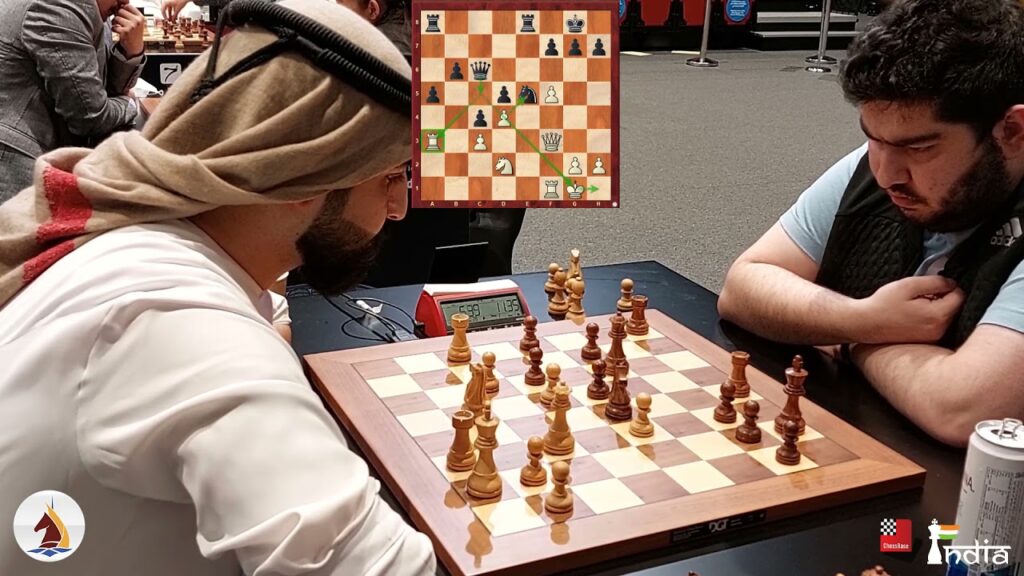
Selecting the best game from so many incredible ones is never easy, but I’ve chosen my personal favorite among those I had the pleasure of watching. My pick is the game from May 16th between Vladimir Fedoseev (representing Slovenia) and Saleh Salem of the UAE, played in round 3 of the Sharjah Masters tournament.
While Stockfish’s precision rating wasn’t as high as other games from 2024, this match was a thrilling battle, culminating in a jaw-dropping queen and rook sacrifice by Black. You can find the full game below, analyzed by Brazilian GM Rafael Leitão.
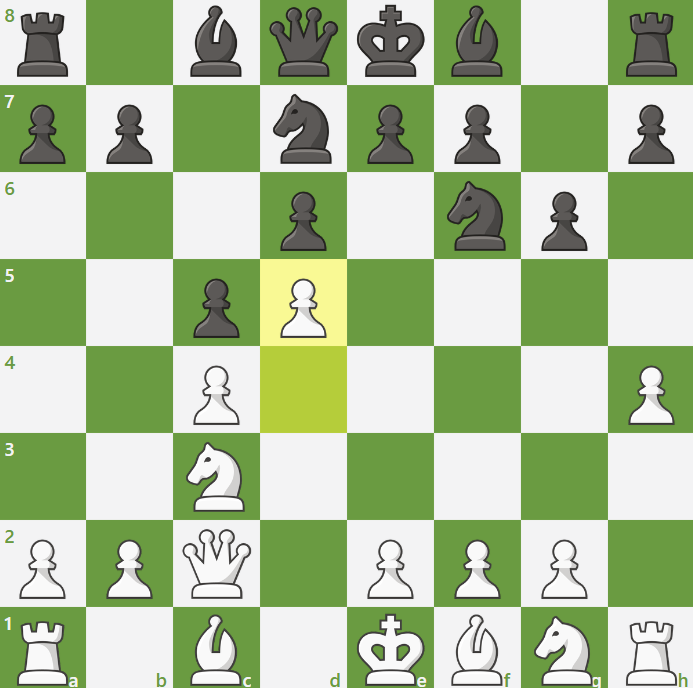
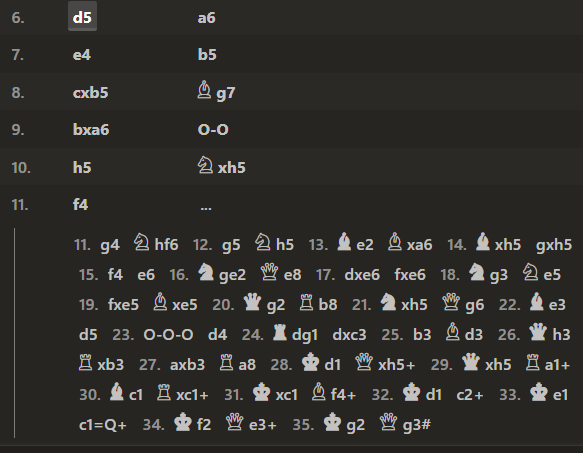
That said, brilliance isn’t the only measure of greatness. Several other games deserve recognition for their impact on the chess world. My honorable mentions go to:
- Gukesh vs. Firouzja (1-0) – Candidates Tournament. Gukesh’s best game, securing him a 0.5-point lead over his rivals.
- Caruana vs. Nepomniachtchi (0.5-0.5) – Candidates Tournament. A game analyzed in detail later in this blog.
- Ding Liren vs. Gukesh (0-1) – World Chess Championship. Another highlight covered later in this post.
If you think I’ve overlooked a deserving game, let me know in the comments! After all, it’s impossible to watch every single chess match in a year.
A New Member of the 2800 Club
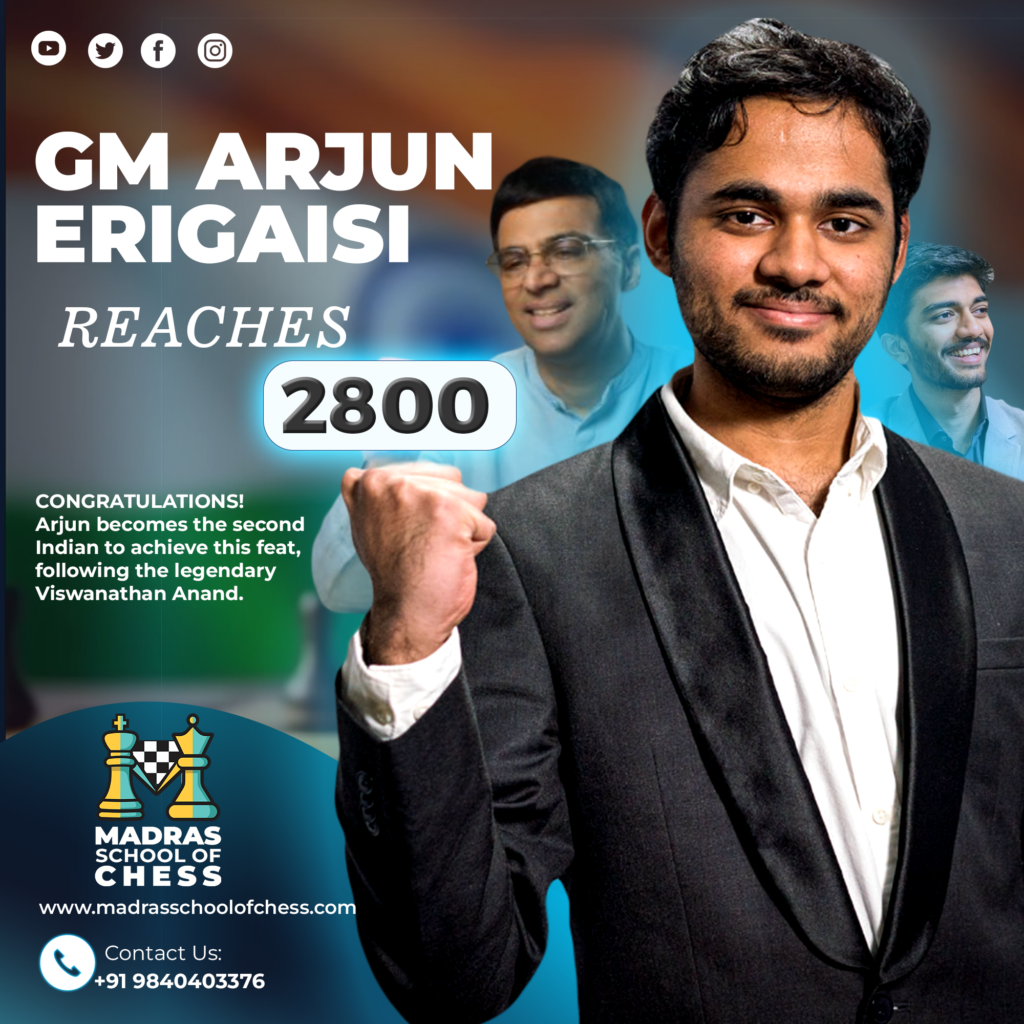
Claiming the 7th spot on this list is 21-year-old GM Arjun Erigaisi, who made history on October 25 by becoming the 15th player ever to surpass the 2800 Elo mark in standard chess. Notably, he is only the second Indian to achieve this milestone, following the legendary Viswanathan Anand.
Arjun is also the third-youngest player to reach this elite milestone, behind French GM Alireza Firouzja, who broke 2800 at 18 in 2021, and Magnus Carlsen, who achieved it at 18 in 2009. What makes Arjun’s accomplishment even more remarkable is that he reached this rating primarily by competing in open tournaments against players outside the elite chess circle.
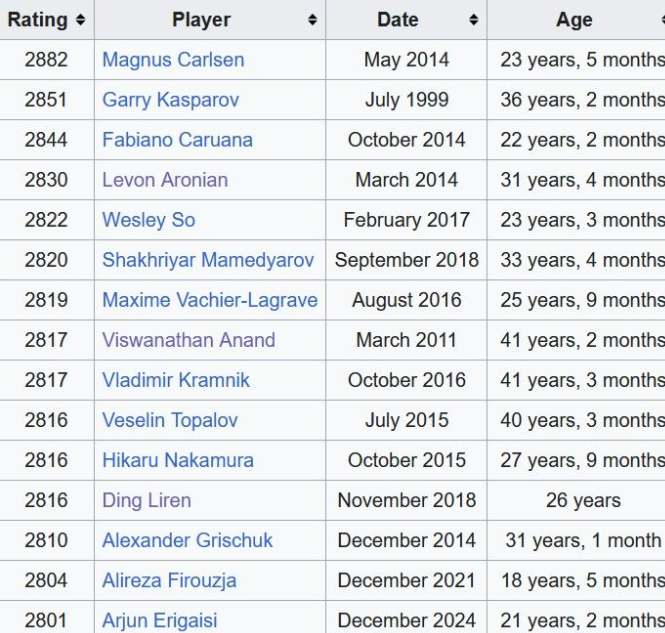
“But doesn’t playing against weaker opponents make it easier?” you might wonder. Surprisingly, the answer is no, and here’s why:
- Players rated in the 2500–2600 range are still Grandmasters with deep chess knowledge, making them tough to defeat, especially with Black.
- The larger the Elo gap between Arjun and his opponents, the fewer points he gains for a win and the more he risks losing for a draw or defeat.
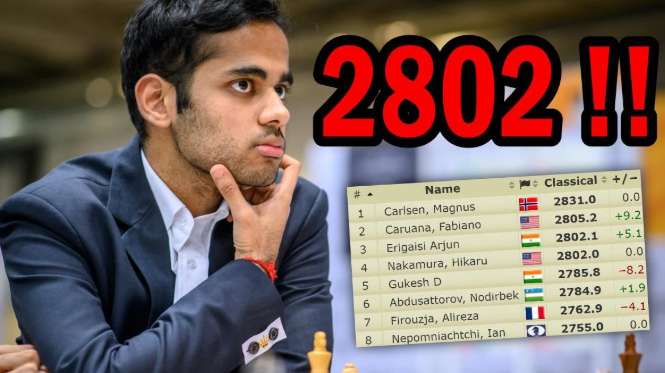
This is why most top players with ratings above 2750 prefer closed tournaments with similarly rated opponents, minimizing drastic rating fluctuations. Arjun’s path to 2800 was both unique and challenging, solidifying his place among the chess elite.
Major Tournaments of 2024
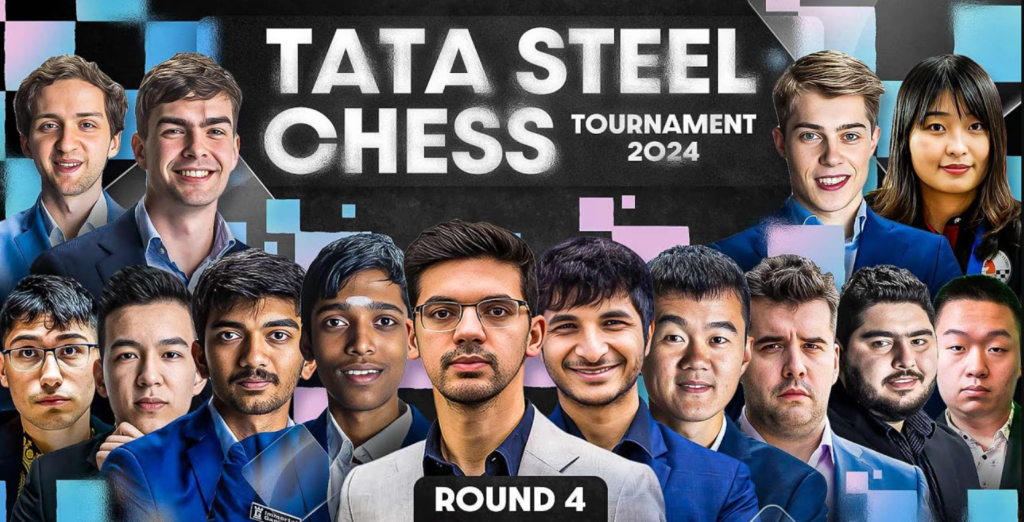
While this isn’t a single moment, it’s worth dedicating a section to highlight the results of some of the year’s most significant tournaments (excluding a few major ones that will be spotlighted later). As I’ve mentioned in my blog “Major Chess Tournaments And Their Sporting Twins”, the Tata Steel Masters remains one of the most prestigious annual chess events, traditionally held in January.
The 2024 edition saw Wei Yi from China emerge victorious after defeating Gukesh in the tiebreak finals. In the Challengers section, Indian prodigy Leon Luke Mendonça claimed the top spot, earning his place in the 2025 Masters.
Other noteworthy tournaments included the Sinquefield Cup, won by Alireza Firouzja, and the US Championship, where Fabiano Caruana claimed his third consecutive title. Norway Chess concluded with Magnus Carlsen triumphing on home soil.
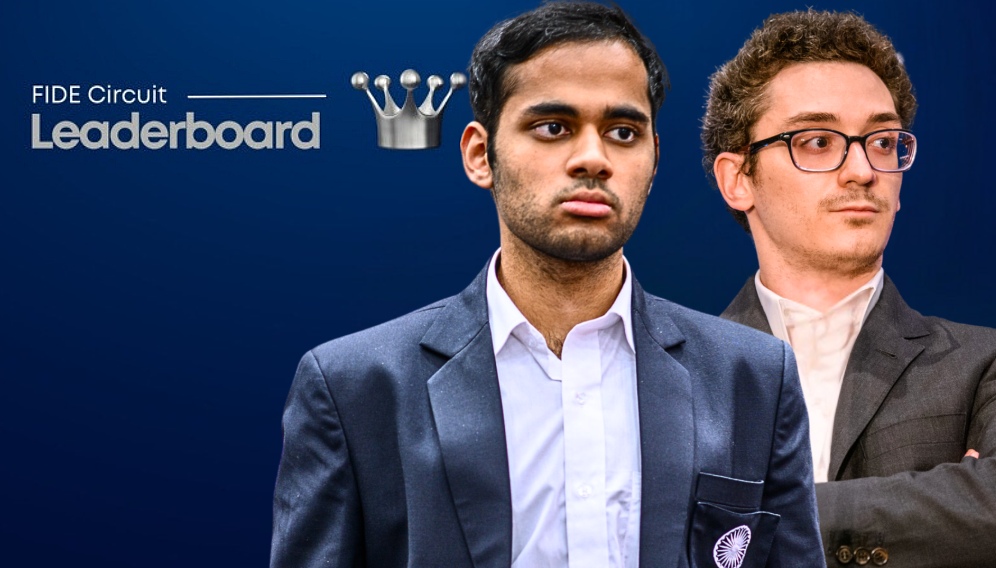
These events, among others, contributed points to the FIDE Circuit 2024, with the ultimate winner earning a coveted spot in the 2026 Candidates Tournament. At the time of writing, Fabiano Caruana leads the standings, though Arjun Erigaisi remains in contention.
In late December, Magnus Carlsen also clinched the Champion Chess Tour Finals in Oslo. While not among the year’s top-tier events, it’s a fan favorite due to its exciting hybrid format, combining online tournaments with over-the-board finals and its live Chess.com coverage.
Update (December 31st): Fabiano Caruana has officially won the FIDE Circuit 2024!
World Rapid & Blitz Championship 2024

On December 26, the final major chess event of the year kicked off: the World Rapid & Blitz Championship. Featuring nearly all the top players, including 2023 champion Magnus Carlsen and streaming sensation Hikaru Nakamura, this tournament has become a highly anticipated year-end tradition, taking place between Christmas and New Year. This year, the event is hosted in New York, USA.
Although it doesn’t hold the same weight as the classical World Championship, the Rapid & Blitz Championship is a prestigious annual competition that captivates players, media, and fans alike. Its open format adds to the excitement, as each year brings a new champion and renewed hope for all participants.
The Rapid Championship concluded yesterday with a surprising victory by 18-year-old Russian GM Volodar Murzin, who scored 10/13. This marks a remarkable comeback in his career, years after the memorable moment of him shedding tears at the 2019 World Blitz Championship. On the women’s side, Indian veteran Koneru Humpy clinched the title.
However, one of the tournament’s biggest talking points was Magnus Carlsen’s withdrawal due to a controversy over his jeans violating the dress code.
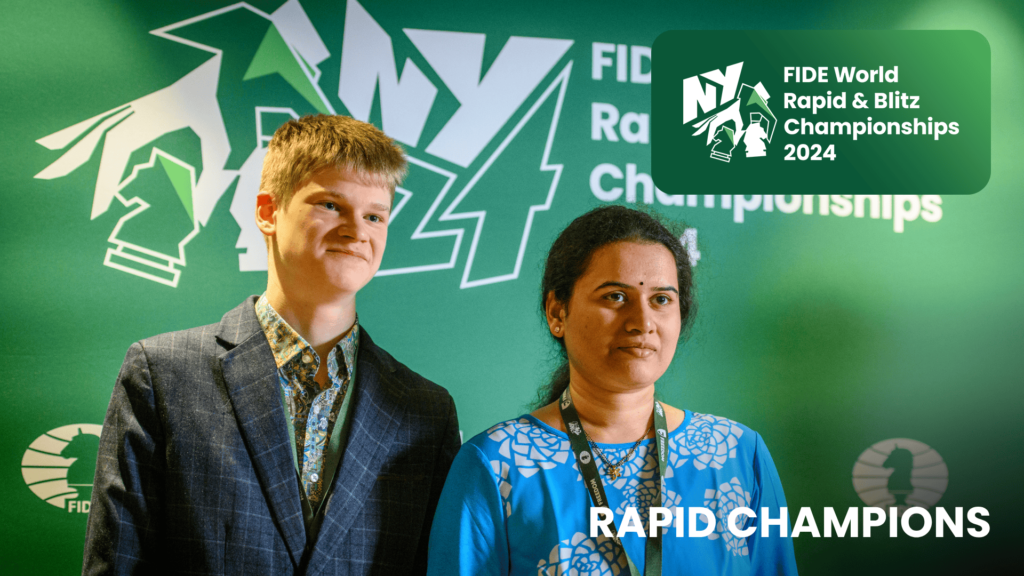
The Blitz Championship is still ongoing as this blog is being published. Updates on the winners and their past titles will follow as soon as the information is available:
• Open – Winners: Magnus Carlsen (8th title) and Ian Nepomniachtchi (1st title).
• Women – Winner: Ju Wenjun (1st title).
Chess Olympiad 2024
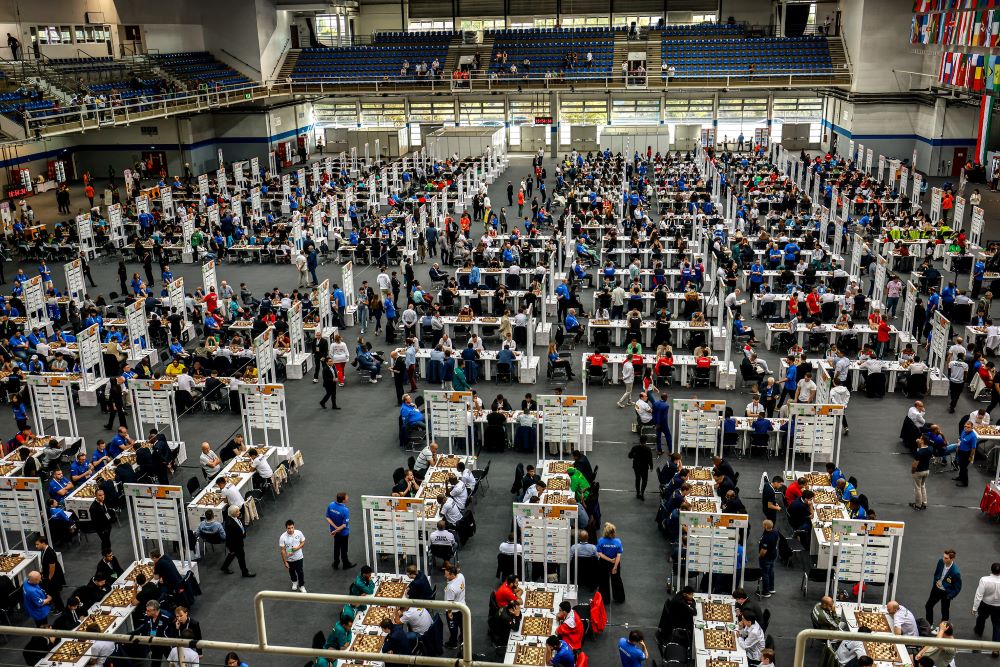
September brought us one of the most celebrated events in the chess world: the FIDE Chess Olympiad! The 45th edition of this iconic tournament was hosted in Budapest, Hungary, with an impressive turnout of 197 nations competing in the open section and 181 in the women’s section. Many of the world’s top players proudly donned their national colors to battle it out for glory.
The Winners? No surprises here! India dominated both categories, signaling the rise of a new chess powerhouse. In the open section, India’s “Dream Team”—comprised of Dommaraju Gukesh, Rameshbabu Praggnanandhaa, Arjun Erigaisi, Vidit Santosh Gujrathi, and Pentala Harikrishna—went undefeated, securing 10 wins and 1 draw.
The women’s team was equally formidable, featuring Harika Dronavalli, Rameshbabu Vaishali, Deshmukh Divya, Agrawal Vantika, and Tania Sachdev. They delivered an exceptional performance with 9 wins, 1 draw, and just 1 loss. Impressively, Indian legends Viswanathan Anand and Koneru Humpy weren’t even required for this remarkable victory, further highlighting the nation’s depth in talent.

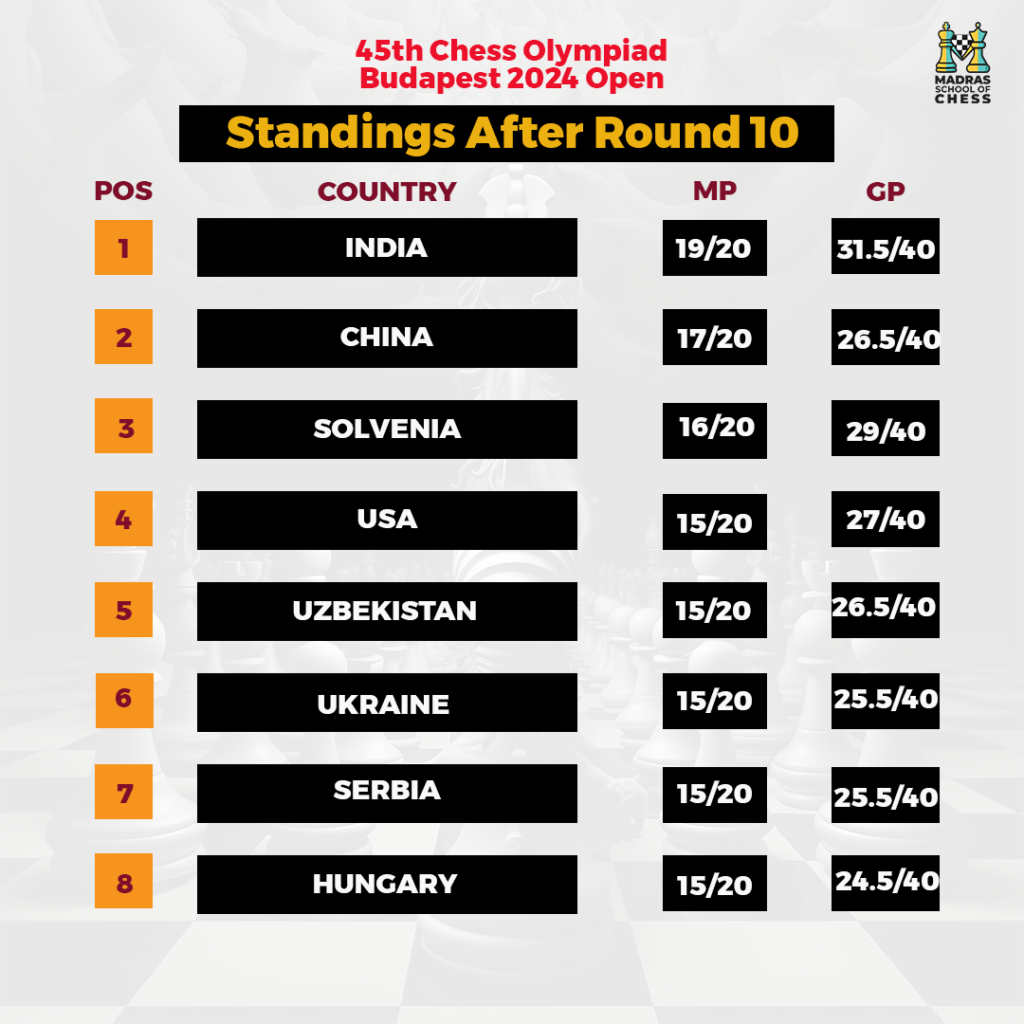
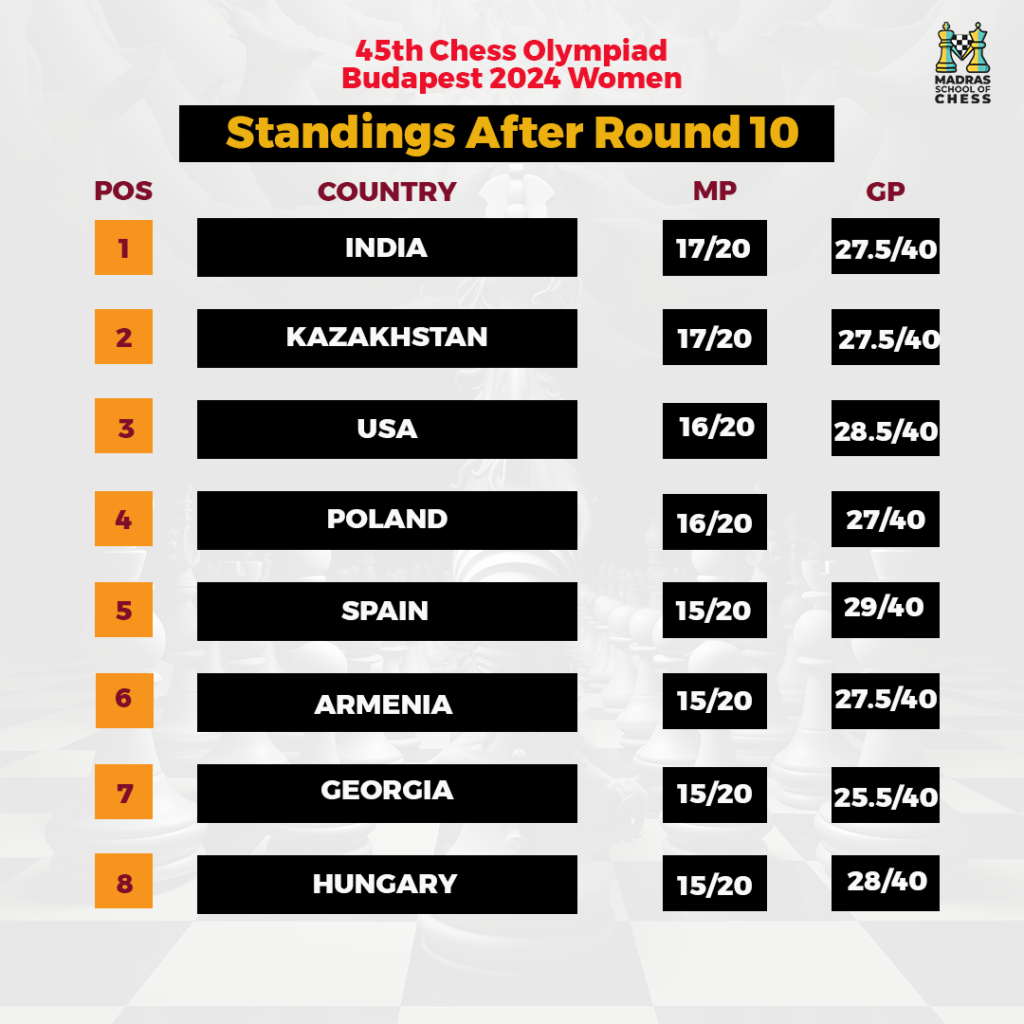
India’s clean sweep at the Chess Olympiad may very well mark the dawn of a new golden era in the chess world!
Candidates Tournament 2024
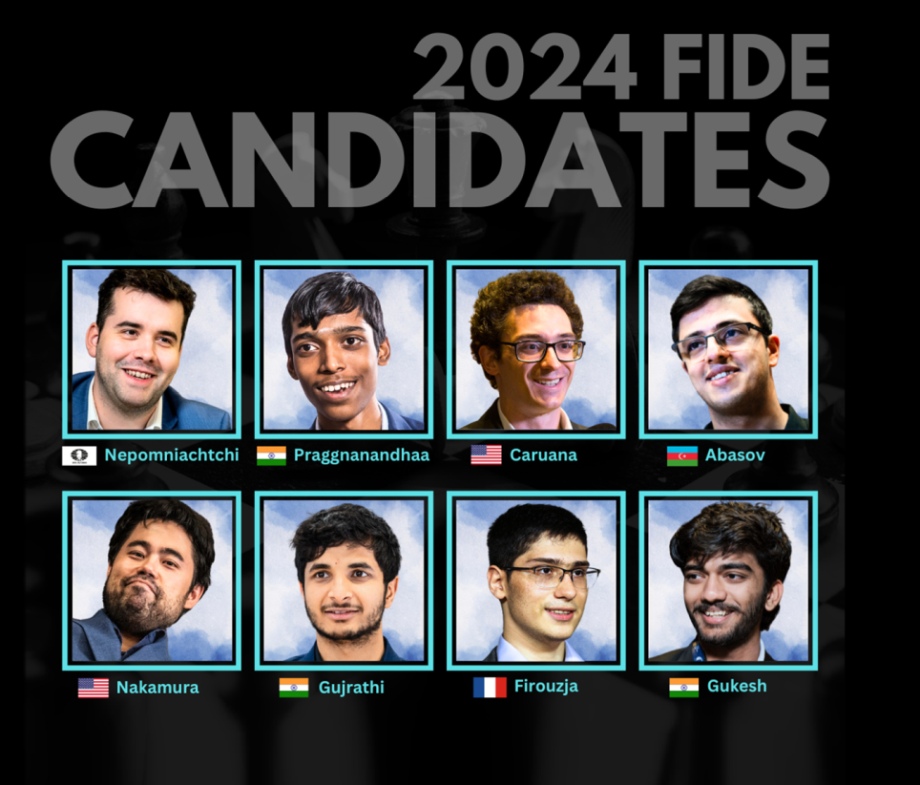
From April 3rd to April 22nd, chess fans were treated to the most intense and anticipated event of the year—the Candidates Tournament. This double round-robin event featured eight of the world’s strongest players battling for the right to challenge the reigning World Chess Champion. For those curious about my predictions before the event, feel free to check out my earlier blog post.
As expected, the tournament delivered a thrilling spectacle filled with dramatic moments. Heading into the final round, 17-year-old Indian sensation Gukesh led the standings with 8.5 points after a stunning victory against Alireza Firouzja in Round 13—arguably his best game of the tournament. Just half a point behind him were Fabiano Caruana, Hikaru Nakamura, and Ian Nepomniachtchi.
In the decisive 14th round, Gukesh and Nakamura drew their game, leaving the outcome dependent on the match between Caruana and Nepomniachtchi. Despite gaining a winning position, Caruana couldn’t convert, and the game ended in a draw, leaving both players dejected and crowning Gukesh as the winner. Relive the action with an analysis by Brazilian GM Rafael Leitão:
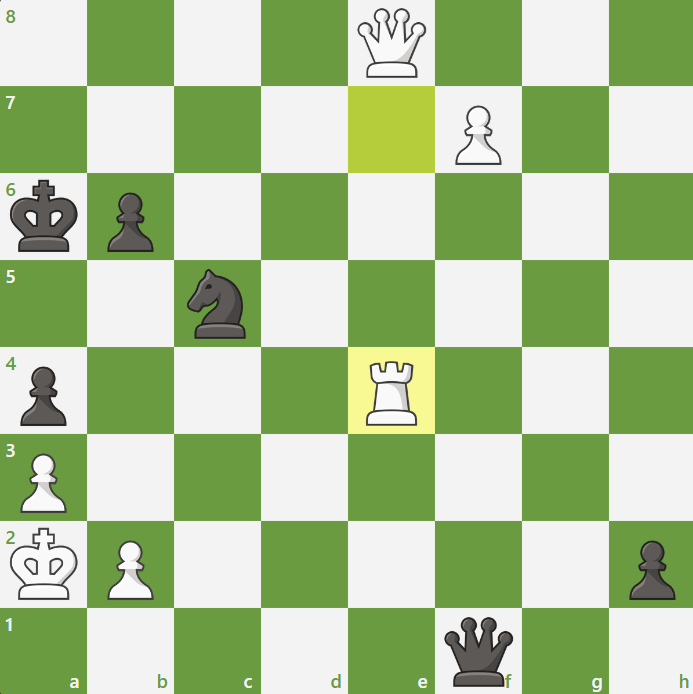
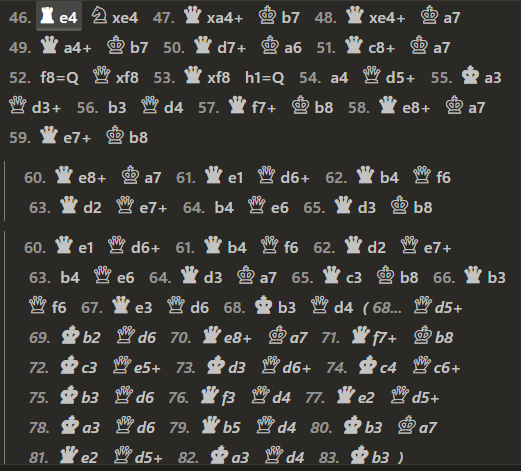
In the women’s Candidates Tournament, held simultaneously at the same venue, the competition, while less dramatic, showcased incredible skill. Tan Zhongyi of China emerged victorious, securing her spot to challenge Ju Wenjun for the Women’s World Championship title next year. The dates for their showdown are yet to be announced.
World Chess Championship 2024
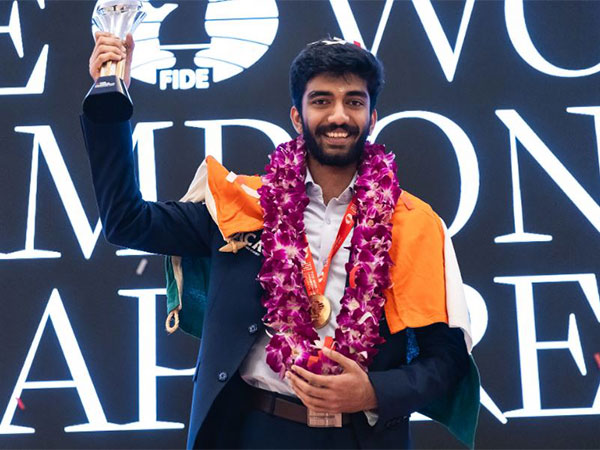
In November, Gukesh faced off against reigning champion Ding Liren in the World Chess Championship match held in Singapore. Despite Ding’s efforts to defend his title while not being in top form, the Chinese Grandmaster proved to be a formidable opponent for the young Indian challenger, who entered the match as the favorite due to his stellar recent performances.
The match began with an unexpected twist as Ding won the first game, delivering an early shock to Gukesh. Undeterred, the Indian prodigy bounced back with a victory in Game 3, leveling the score. The turning point seemed to come in Game 11 when Gukesh secured another win, putting him within striking distance of the title. Yet, the “Chinese Dragon” roared back, claiming Game 12 to tie the match once more.
The championship ultimately came down to Game 14, played on December 12, the final classical game of the match. Both players entered a theoretically drawn endgame, with Black holding a slight material advantage but no clear path to break through White’s defenses. Then came a moment destined for history books—a devastating blunder by Ding, marking one of the most shocking mistakes in World Chess Championship history.
Relive the drama of the final game, complete with analysis by none other than Brazilian GM Rafael Leitão:
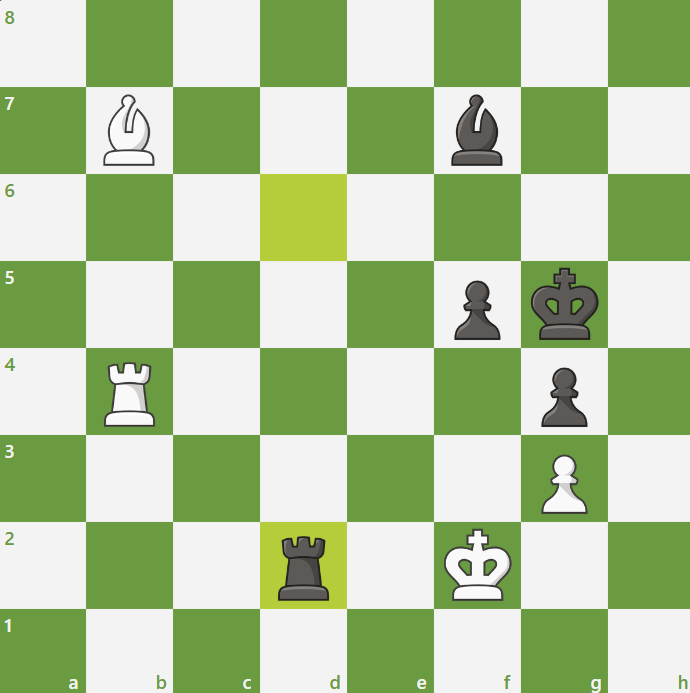
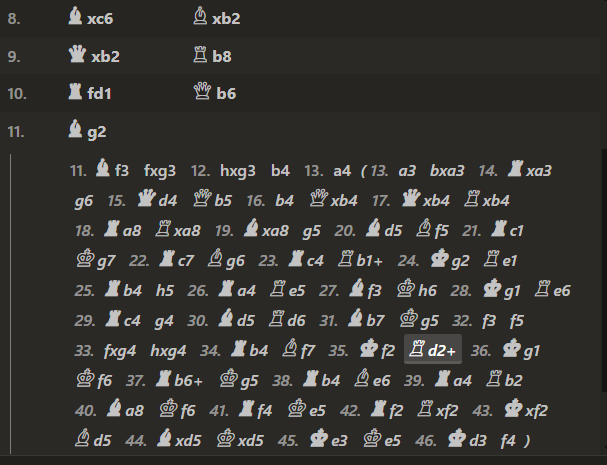
With this emotional triumph that brought him to tears, Gukesh made history as the youngest-ever World Chess Champion at just 18 years old, igniting a wave of celebration among fans in India and across the globe. True to his word, he marked the occasion by going bungee jumping—a promise he kept just days after his victory.
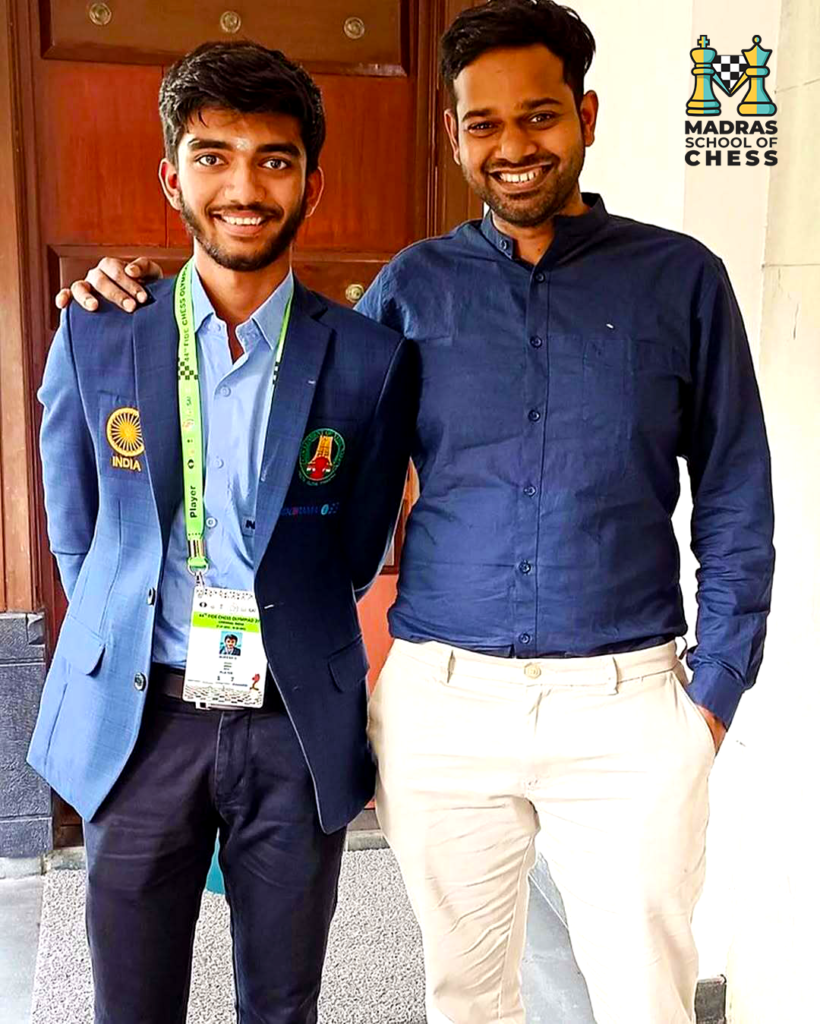
The Former Coach of Gukesh and Madras School of Chess Co-founder, GM Vishnu Prasanna, Shares His Thoughts on Gukesh.
“As someone who has known Gukesh since his childhood, I can only describe this moment as surreal. Watching him grow from a curious, determined young boy to becoming the youngest World Champion is a testament to his relentless spirit and unwavering focus.
Coaching him was a privilege, but seeing him soar beyond our dreams is a joy beyond words. Gukesh, your journey inspires millions, and I couldn’t be prouder of you. The world is yours now, and this is just the beginning.
Indian chess is in good hands, and the future. Shine on, Champ!
Conclusion
Thank you for staying with me through this blog and throughout the year! I hope you enjoyed this brief recap of 2024. While I couldn’t include every memorable moment, feel free to share any highlights I missed in the comments—I’d love to hear your thoughts.
This year has been incredible for chess enthusiasts, and 2025 promises to be just as exciting. We have the Women’s World Chess Championship between Ju Wenjun and Tan Zhongyi, the FIDE World Cup, the FIDE Grand Swiss, and many other thrilling events lined up to keep us captivated.
As we wrap up, I wish you all a Happy New Year filled with joy, love, peace, and happiness alongside your loved ones. May 2025 be everything you hope for, and remember to stay positive even when life throws challenges your way—it’s the tough times that make the good ones shine brighter.
Keep studying, playing, and discovering the magic of chess. Here’s to brilliant moves, spectacular combinations, and unforgettable victories! Above all, keep enjoying the game, because that’s what truly matters. See you in the next blog! Keep following along and enjoying our content!
Top Youngest Chess Grandmasters in History: Rising Stars of the Chess World
Dec 25th, 2024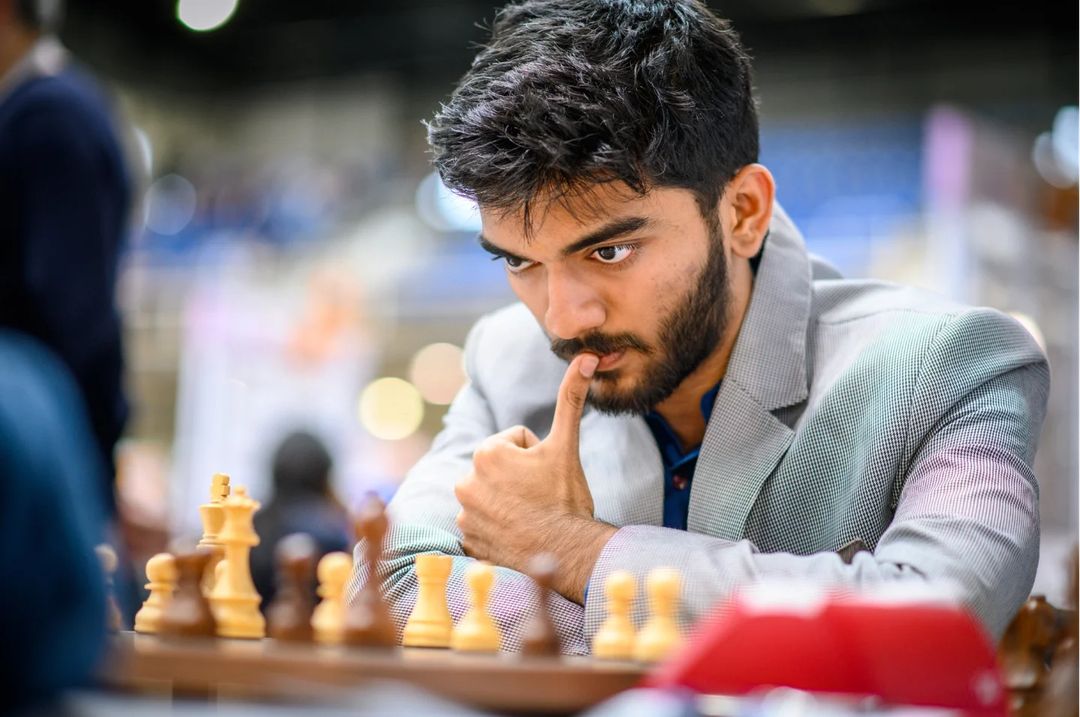
𝐑𝐢𝐬𝐢𝐧𝐠 𝐒𝐭𝐚𝐫𝐬 𝐢𝐧 𝐭𝐡𝐞 𝐖𝐨𝐫𝐥𝐝 𝐨𝐟 𝐂𝐡𝐞𝐬𝐬
The game of chess continues to get younger as prodigious talents achieve the prestigious Grandmaster (GM) title at just 12, 13, and 14 years old. This rapid rise is fueled by access to extensive chess resources, consistent global tournaments, and government support. However, one timeless truth remains unchanged: hard work is the ultimate key to success in the game of chess.
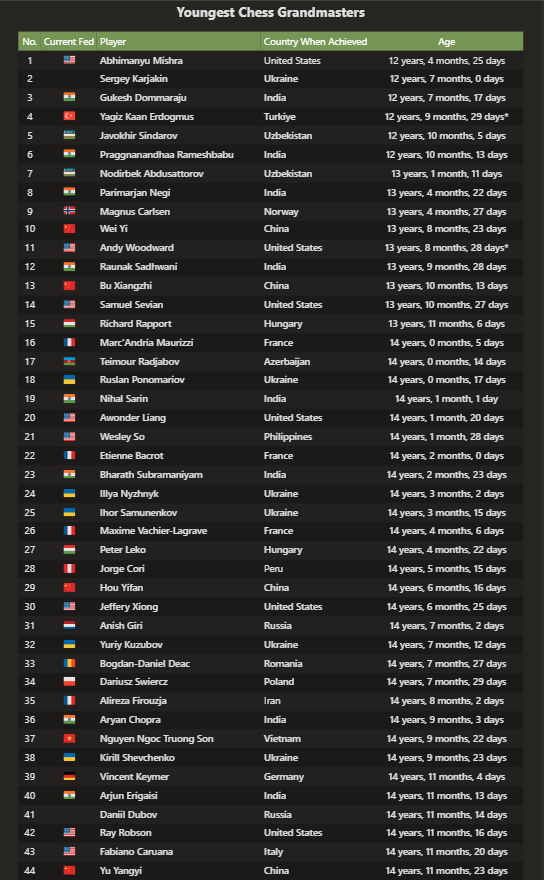
𝐀𝐛𝐡𝐢𝐦𝐚𝐧𝐲𝐮 𝐌𝐢𝐬𝐡𝐫𝐚
Abhimanyu Mishra etched his name in history by becoming the youngest International Master in 2019 at the age of 10. By 2021, he began his journey to secure GM norms. On June 30, 2021, at the Vezerkepzo GM Mix Swiss tournament in Budapest, Hungary, Mishra achieved his third and final norm, officially becoming the youngest Grandmaster ever. He shattered Sergey Karjakin’s long-standing record—set 19 years earlier—by over two months.
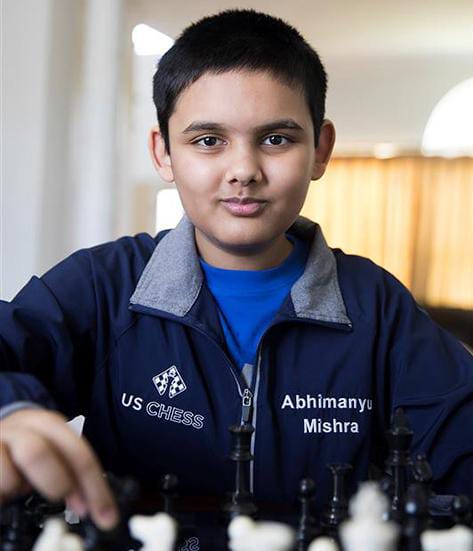
Here’s a clean victory for Mishra over GM Zoltan Varga from the 5th Vezerkepzo GM tournament in 2021.


𝐒𝐞𝐫𝐠𝐞𝐲 𝐊𝐚𝐫𝐣𝐚𝐤𝐢𝐧
For 19 years, GM Sergey Karjakin held the record as the youngest Grandmaster in chess history, achieving the title at just 12 years and 7 months. Karjakin, like many chess prodigies, began playing the game at the age of five. Remarkably, by the age of 11, he had already earned the International Master title.
Karjakin’s achievements include winning the World Rapid Championship in 2012 and the World Blitz Championship in 2016. In March 2016, he emerged victorious in the Candidates Tournament, earning the right to challenge Magnus Carlsen for the World Chess Championship later that year. Although Karjakin fell short against Carlsen in their November 2016 match, he remains determined to pursue another shot at the title.
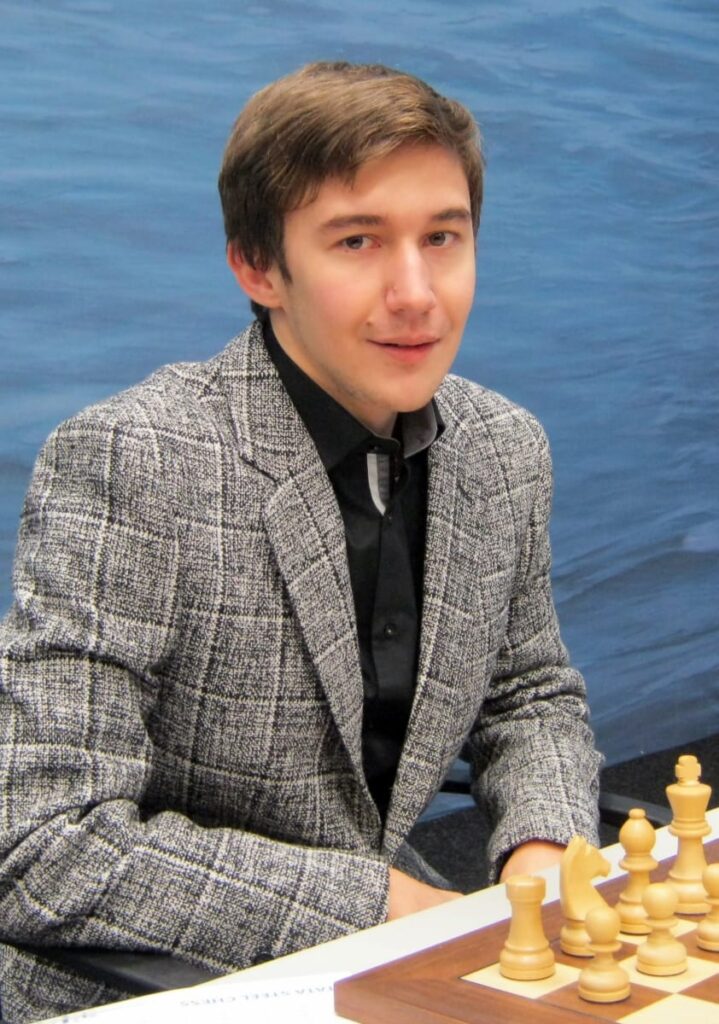
One of Karjakin’s most impressive games came during the 2016 Candidates Tournament, where he played an intense, dynamic game against Fabiano Caruana. This thrilling, back-and-forth encounter showcased Karjakin’s signature fighting style and remains a highlight of his career.

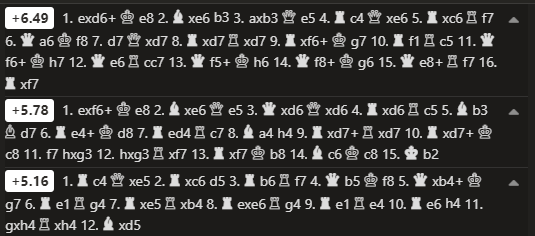
𝐆𝐮𝐤𝐞𝐬𝐡 𝐃𝐨𝐦𝐦𝐚𝐫𝐚𝐣𝐮
Indian chess prodigy GM Gukesh Dommaraju, commonly known as Gukesh D., became the second-youngest Grandmaster in chess history at the age of 12 years, 7 months, and 17 days. He secured his third and final GM norm at the 17th Delhi International Chess Grandmaster Open held in New Delhi, India.
Gukesh’s exceptional talent was first recognized by his school coach, Mr. Bhaskar, who ensured that Gukesh became a FIDE-rated player within just six months of learning the game. Gukesh played his final game as an International Master in style, winning the decisive match to achieve his last GM norm and officially earn the prestigious title.
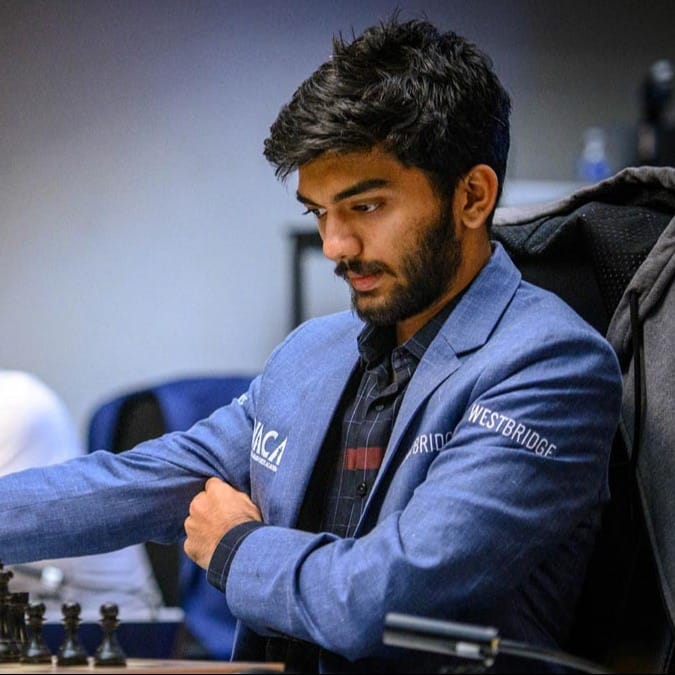
Gukesh played his last game as an International Master, winning this game to earn his final grandmaster norm.
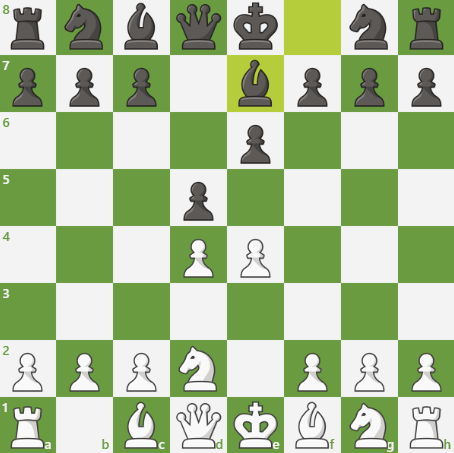

𝐉𝐚𝐯𝐨𝐤𝐡𝐢𝐫 𝐒𝐢𝐧𝐝𝐚𝐫𝐨𝐯
GM Javokhir Sindarov became the first player since Sergey Karjakin to achieve the Grandmaster title before turning 13. The Uzbek talent secured all three of his GM norms in a single year, at the 2018 Alekhine Memorial, the FIDE World Junior Championship, and the First Saturday Tournament. Sindarov earned his final GM norm at the First Saturday Tournament in Budapest, Hungary. After a setback in the first round, he bounced back impressively, scoring 7 out of 8 points in his remaining games to claim the title.
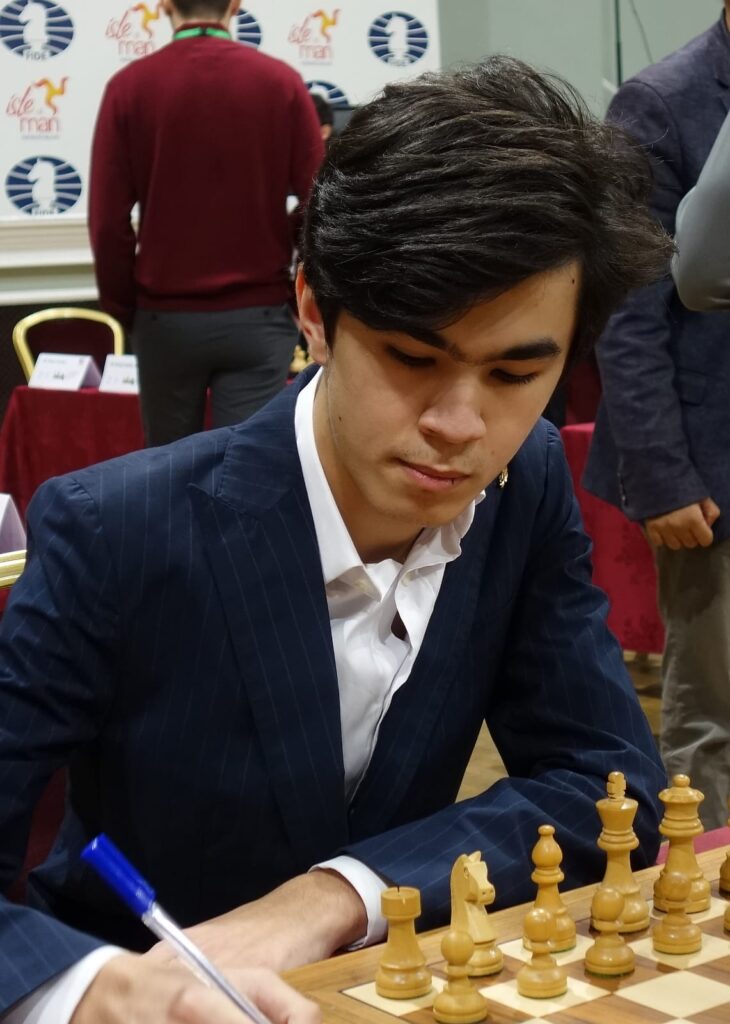
Sindarov achieved his final grandmaster norm at the First Saturday Tournament in Budapest, Hungary, bouncing back from a first-round loss with an impressive 7/8 streak in his remaining games.
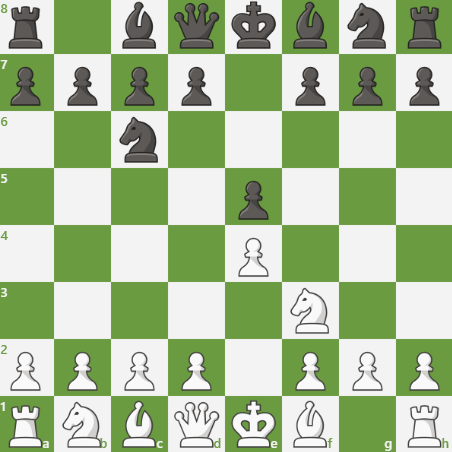

𝐏𝐫𝐚𝐠𝐠𝐧𝐚𝐧𝐚𝐧𝐝𝐡𝐚𝐚 𝐑𝐚𝐦𝐞𝐬𝐡𝐛𝐚𝐛𝐮
Indian chess prodigy GM Praggnanandhaa Rameshbabu became the second youngest Grandmaster in chess history at the age of 12 years, 10 months, and 13 days. He achieved his third and final GM norm at the Fourth Gredine Open in Ortisei, Italy.
Praggnanandhaa had already made a name for himself by winning continental (Asian) championships and two world titles. At just 10 years old, he set another record as the youngest International Master in history, a record that still stands. At the Gredine Open, Praggnanandhaa delivered a remarkable performance, securing his final GM norm and sealing the tournament by defeating GM Roeland Pruijssers in the decisive game.
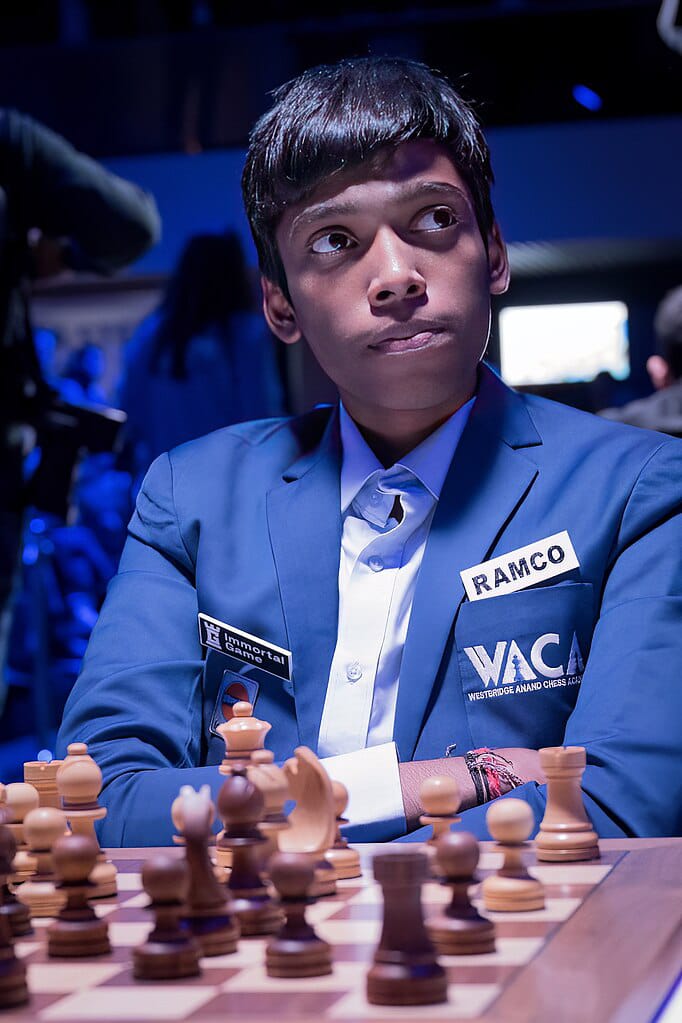
After earning his final GM norm at the Gredine Open, the Indian prodigy delivered a record-breaking performance by defeating GM Roeland Pruijssers.
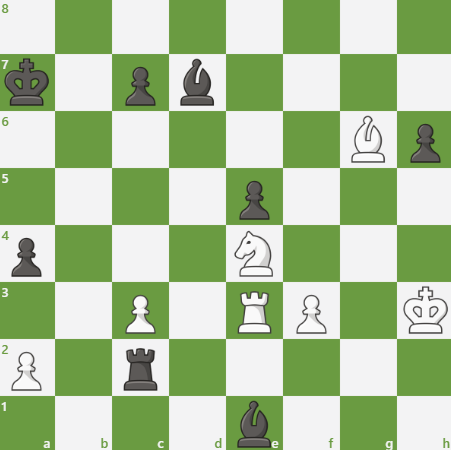

𝐍𝐨𝐝𝐢𝐫𝐛𝐞𝐤 𝐀𝐛𝐝𝐮𝐬𝐚𝐭𝐭𝐨𝐫𝐨𝐯
GM Nodirbek Abdusattorov first made headlines in 2014 when, at just nine years old, he defeated two grandmasters at the Tashkent Open. He achieved his first GM norm at the 2016 Chigorin Memorial, followed by his second norm in Abu Dhabi in August 2017. Widely regarded as the greatest Uzbek chess talent since Rustam Kasimdzhanov—who won the 2004 FIDE Knockout World Championship—Abdusattorov earned his final GM norm at the Chigorin Memorial, where he defeated notable grandmasters S.P. Sethuraman and Evgeny Levin.
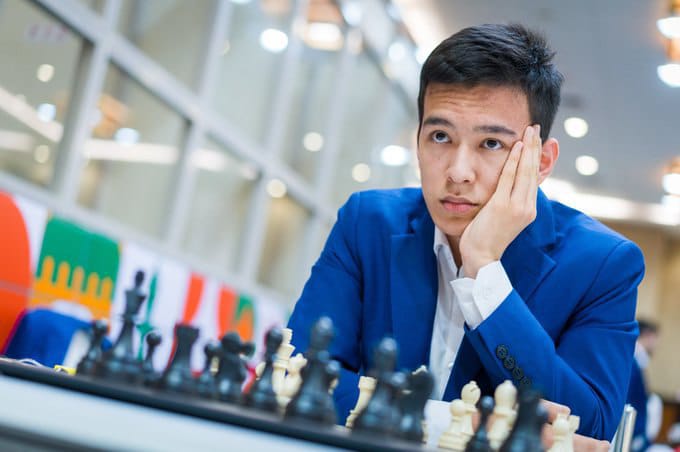
Abdusattorov secured his final grandmaster norm at the Chigorin Memorial, achieving impressive victories against GMs S. P. Sethuraman and Evgeny Levin.
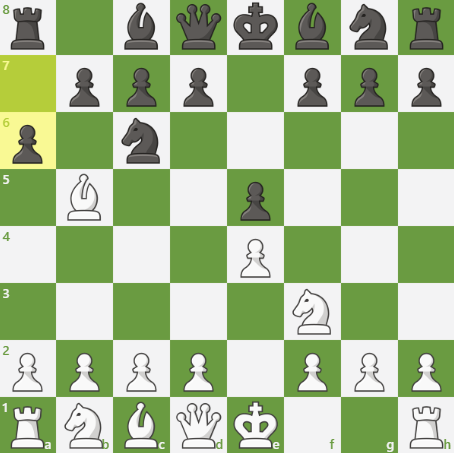

𝐏𝐚𝐫𝐢𝐦𝐚𝐫𝐣𝐚𝐧 𝐍𝐞𝐠𝐢
Now pursuing a PhD at the Massachusetts Institute of Technology (MIT), GM Parimarjan Negi became a grandmaster in 2006 at just 13 years old. Since earning the title, he has achieved notable successes, including winning the prestigious Arjuna Award in 2010, claiming victories at the Indian and Asian Chess Championships, and contributing to India’s bronze-medal-winning performance at the 2014 Chess Olympiad. A highlight of Negi’s career is his win against GM Markus Ragger, where his consistent pressure demonstrated how to expertly dismantle the Caro-Kann Defense.
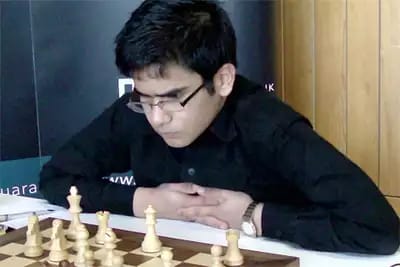
Negi’s victory against GM Ragger was a brilliant showcase of how to dismantle the Caro-Kann, with White maintaining relentless pressure throughout the game.
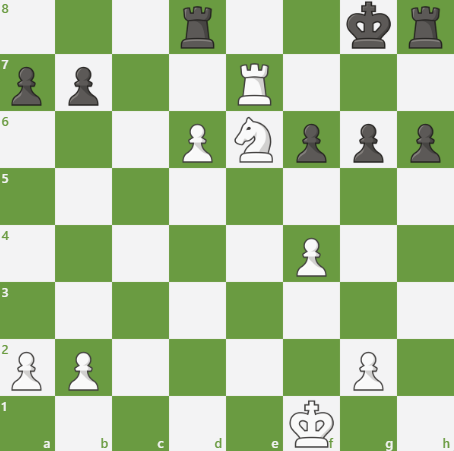

𝐌𝐚𝐠𝐧𝐮𝐬 𝐂𝐚𝐫𝐥𝐬𝐞𝐧
Nicknamed the “Mozart of Chess,” GM Magnus Carlsen stands in a class of his own. His peak rating of 2882 surpassed Garry Kasparov’s record of 2851, a testament to his unparalleled talent and work ethic. Known for his determination, Carlsen routinely outplays opponents by finding computer-like moves and grinding down seemingly equal endgames. While he is famous for these technical victories, one of his most iconic moments came at age 13, when he drew against Garry Kasparov in a legendary encounter.
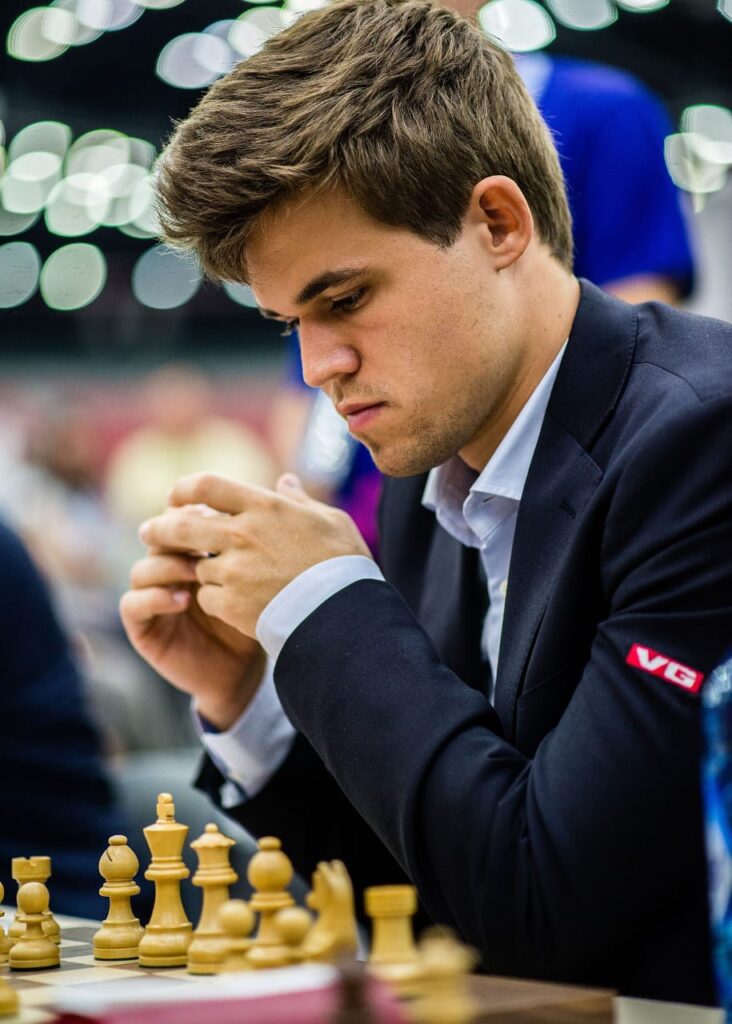
Although Carlsen is renowned for securing wins in closely matched endgames, his most famous game might be the draw he achieved against Garry Kasparov at just 13 years old.
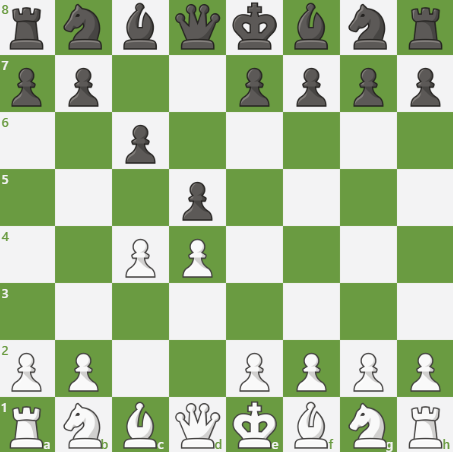
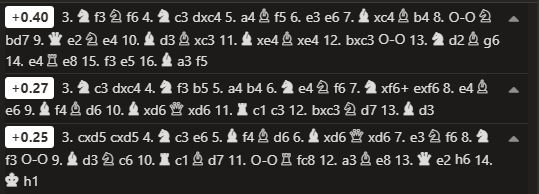
𝐖𝐞𝐢 𝐘𝐢
GM Wei Yi has shattered numerous records throughout his career. He became the second youngest player in history to surpass the 2600 rating mark, trailing only John M. Burke. Wei’s rapid progress is remarkable, having earned both the International Master and Grandmaster titles in the same year. At the time, he was the world’s youngest GM, achieving the title at just 13 years, 8 months, and 23 days.
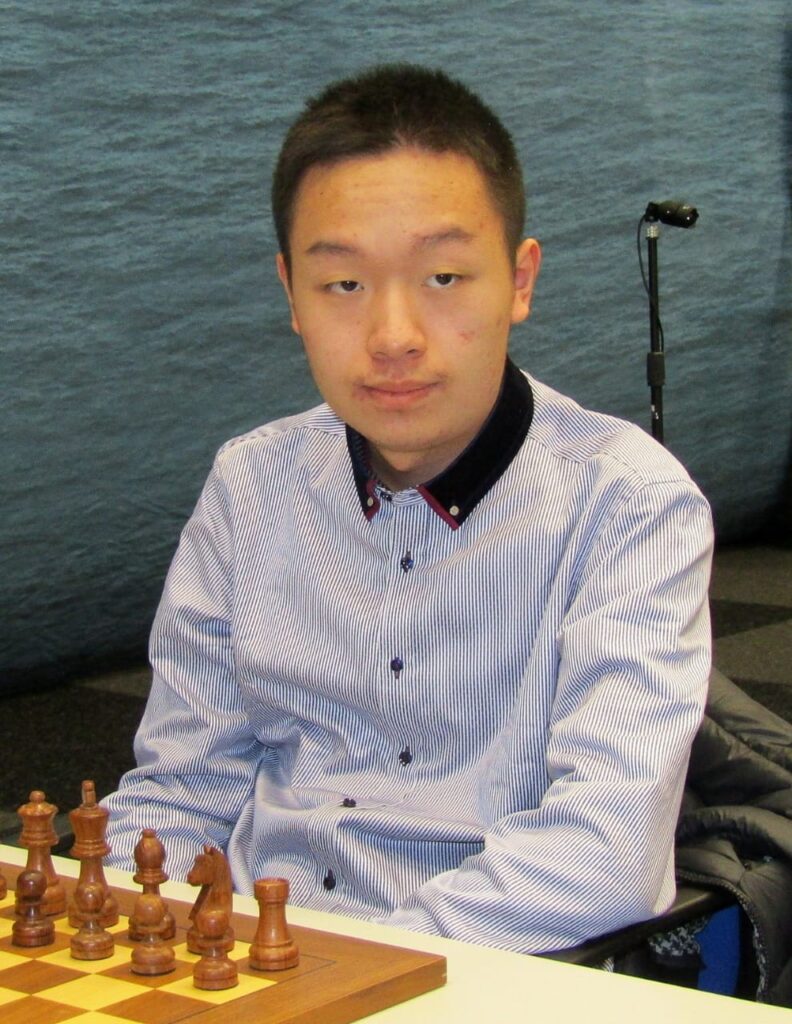
This game is arguably Wei Yi’s most iconic victory, showcasing his signature attacking style against GM Lazaro Bruzon during the 2015 Danzhou Tournament.
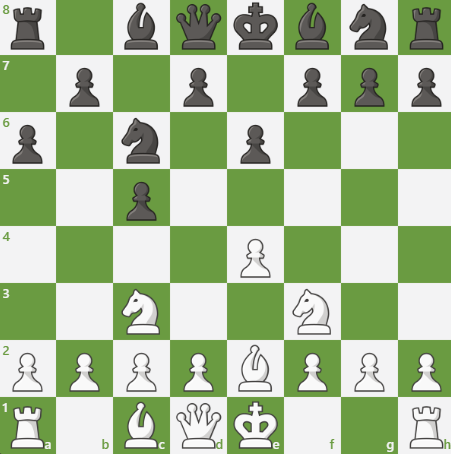
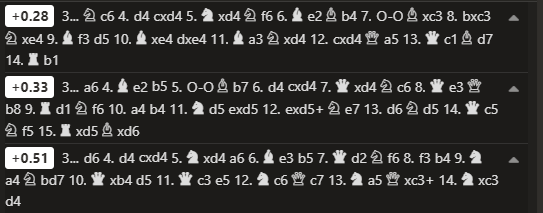
𝐀𝐧𝐝𝐲 𝐖𝐨𝐨𝐝𝐰𝐚𝐫𝐝
GM-elect Andy Woodward is set to become the 10th-youngest Grandmaster in history and the youngest in the world once confirmed by FIDE at their upcoming conference.
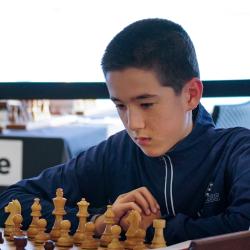
𝐑𝐚𝐮𝐧𝐚𝐤 𝐒𝐚𝐝𝐡𝐰𝐚𝐧𝐢
GM Raunak Sadhwani is currently India’s fourth-youngest Grandmaster. He achieved his third and final GM norm at the FIDE Chess.com Grand Swiss in October 2019, held in the Isle of Man. Competing against a strong field, Sadhwani finished with a 50% score, facing elite grandmasters such as Sergey Karjakin, Sanan Sjugirov, Surya Ganguly, Pavel Eljanov, Peter Leko, Gabriel Sargissian, Markus Ragger, Alexander Motylev, Bassem Amin, and Maksim Chigaev.

Here’s how he defeated former European Champion Alexander Motylev:
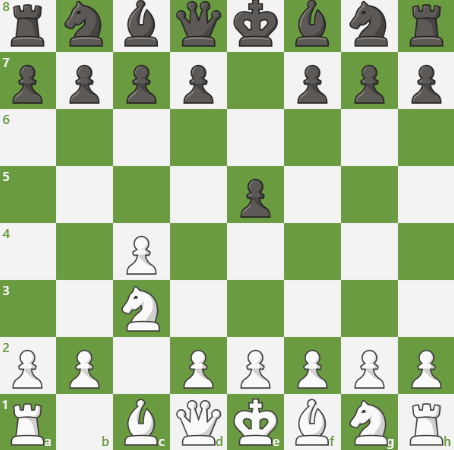

𝐁𝐮 𝐗𝐢𝐚𝐧𝐠𝐳𝐡𝐢
GM Bu Xiangzhi earned his Grandmaster title in 1999, becoming the youngest GM in chess history at the time—a record later surpassed by Sergey Karjakin in 2002. Bu claimed the Chinese Chess Championship in 2004 and has represented China in four Chess Olympiads, including the 2018 event where China won gold. A recognized talent on the global stage, Bu made headlines in 2017 when he eliminated Magnus Carlsen from the World Cup and later defeated the world champion again in the World Rapid Championship that same year.

In 2017, Bu Xiangzhi gained widespread attention by eliminating Magnus Carlsen in the World Cup and defeating the world champion once again at the World Rapid Championship later that year.
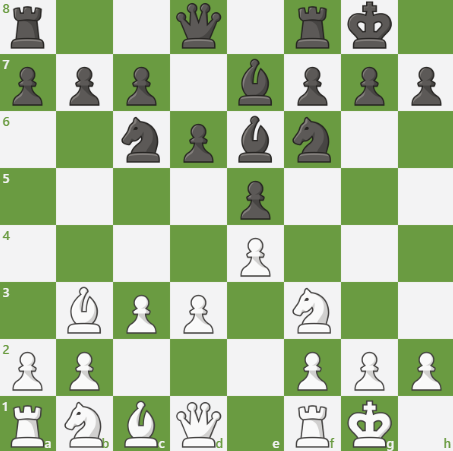

𝐓𝐨𝐩 𝟔 𝐘𝐨𝐮𝐧𝐠𝐞𝐬𝐭 𝐅𝐞𝐦𝐚𝐥𝐞 𝐂𝐡𝐞𝐬𝐬 𝐆𝐫𝐚𝐧𝐝𝐦𝐚𝐬𝐭𝐞𝐫𝐬
Only six female players have achieved the Grandmaster title before the age of 20.

𝐇𝐨𝐮 𝐘𝐢𝐟𝐚𝐧
Four-time Women’s World Chess Champion GM Hou Yifan holds the record for the fastest any female player has earned the GM title, achieving it at just 14 years and 5 months. The Chinese Grandmaster is also the third woman to break into the top 100 live rating list, following GMs Maia Chiburdanidze and Judit Polgar.
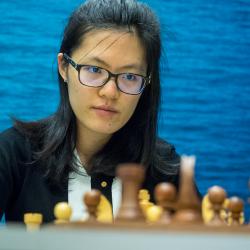
Hou has competed in numerous elite invitational events, including the Tata Steel Chess tournament, where she triumphed over GM Anish Giri with the Black pieces.
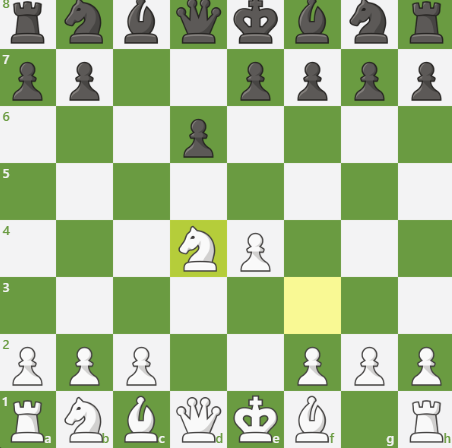

𝐇𝐮𝐦𝐩𝐲 𝐊𝐨𝐧𝐞𝐫𝐮
GM Humpy Koneru became a Grandmaster in 2002, breaking the record at the time as the fastest woman to achieve the title, at just 15 years and 1 month. In 2011, she was the challenger for the Women’s World Championship title, where she narrowly lost to Hou Yifan. Over 15 years later, the Indian Grandmaster remains one of the world’s strongest female players.
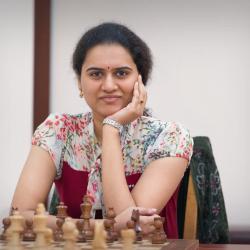
One of Koneru’s finest victories was against Peruvian Grandmaster Julio Granda Zuniga, ending in a position fit for a Puzzle Rush tactic!
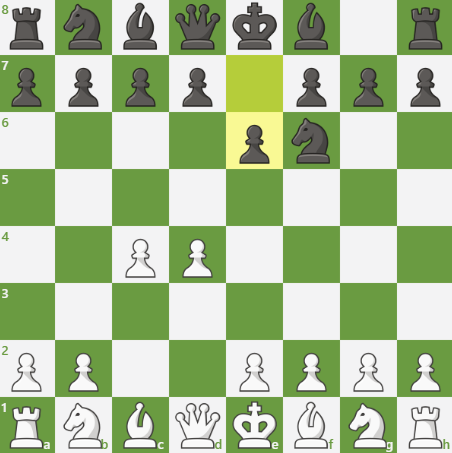

𝐉𝐮𝐝𝐢𝐭 𝐏𝐨𝐥𝐠𝐚𝐫
Widely regarded as the greatest female chess player of all time, GM Judit Polgar is the only woman to ever cross the 2700 rating mark. Though now retired, Polgar’s career was marked by victories over legendary players such as Magnus Carlsen, Garry Kasparov, Anatoly Karpov, Vladimir Kramnik, and many others.
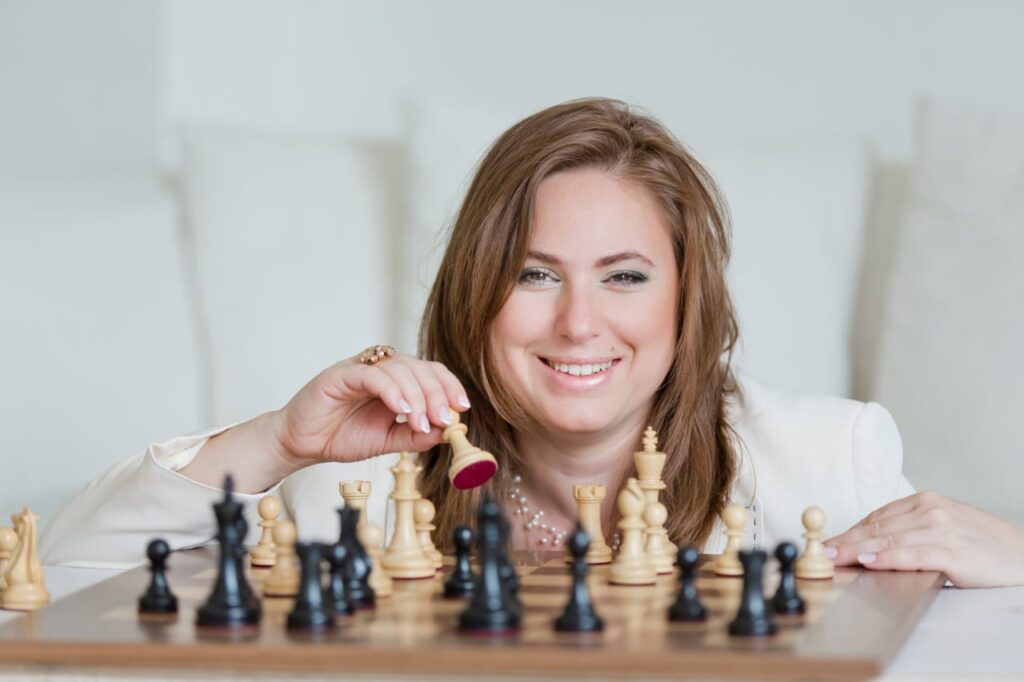
Judit Polgar’s victory over Garry Kasparov in 2002 stands as the most iconic game of her career.
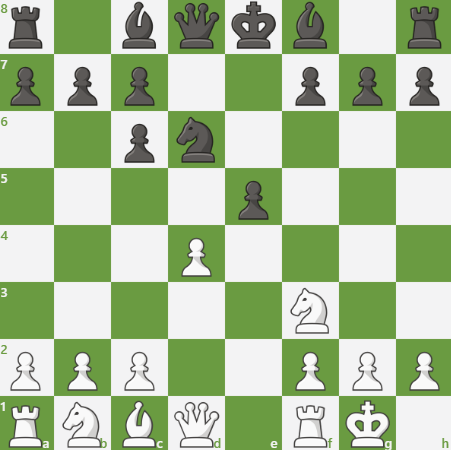
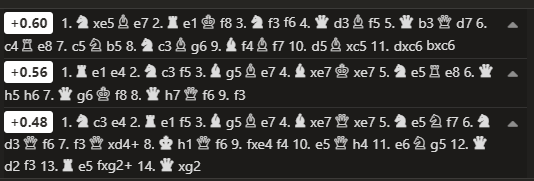
𝐊𝐚𝐭𝐞𝐫𝐲𝐧𝐚 𝐋𝐚𝐠𝐧𝐨
Currently ranked among the top female chess players in the world, GM Kateryna Lagno has consistently demonstrated her dominance in women’s chess. She won the European Women’s Championship in both 2005 and 2008 and was a finalist in the 2018 Women’s World Championship, where she faced GM Ju Wenjun.
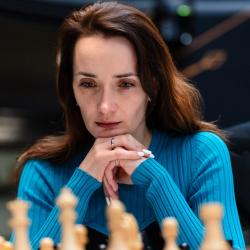
Here’s a dominant victory by Lagno against former Women’s World Champion Alexandra Kosteniuk.
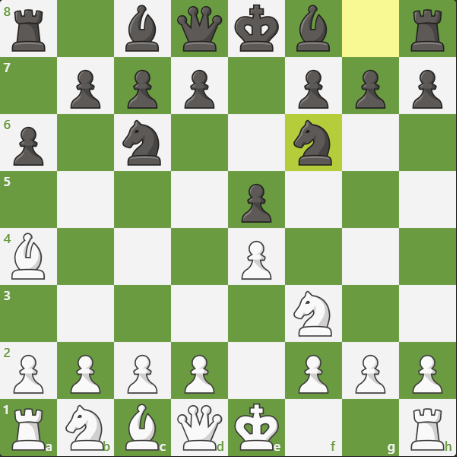
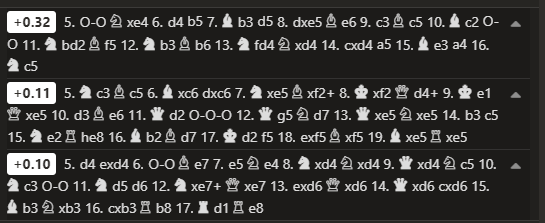
𝐀𝐥𝐞𝐤𝐬𝐚𝐧𝐝𝐫𝐚 𝐆𝐨𝐫𝐲𝐚𝐜𝐡𝐤𝐢𝐧𝐚
GM Aleksandra Goryachkina has rapidly risen to prominence in the chess world. By the age of 20, the Russian Grandmaster had already secured a spot in the top 10 women’s rankings. She won the prestigious Russian Women’s Championship Superfinal in both 2015 and 2017, showcasing her consistency and strength.
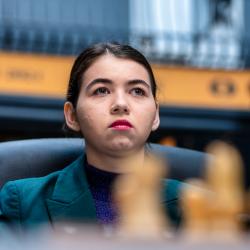
Though not her most challenging opponent, Goryachkina demonstrated her formidable skills in this impressive game against the Stonewall Dutch.
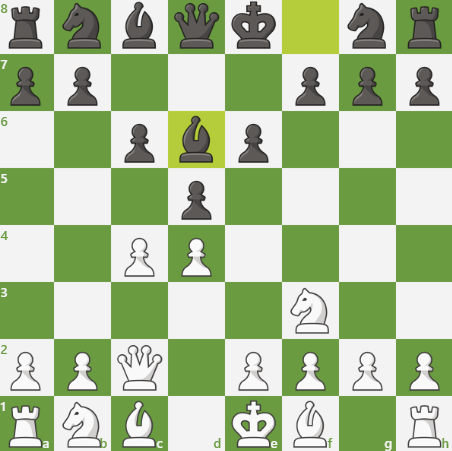

𝐋𝐞𝐢 𝐓𝐢𝐧𝐠𝐣𝐢𝐞
GM Lei Tingjie is one of China’s top female chess players and has played a key role in several team victories for her country. She contributed to China’s gold medal successes in major events, including the Asian Nations Cup (2016), the Batumi Olympiad (2018), and the World Team Championship (2019).
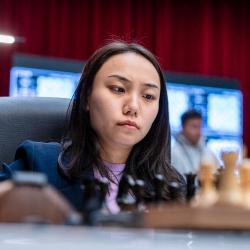
Lei delivered a flawless positional masterclass with Black in this game from the 2017 World Rapid Championships, showcasing brilliance from start to finish!
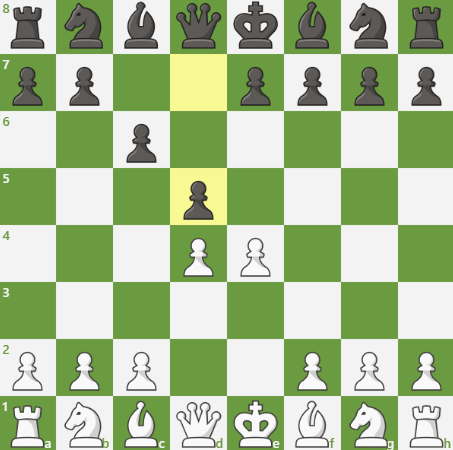

© 2024 The Madras School of Chess
Created by Webdzo